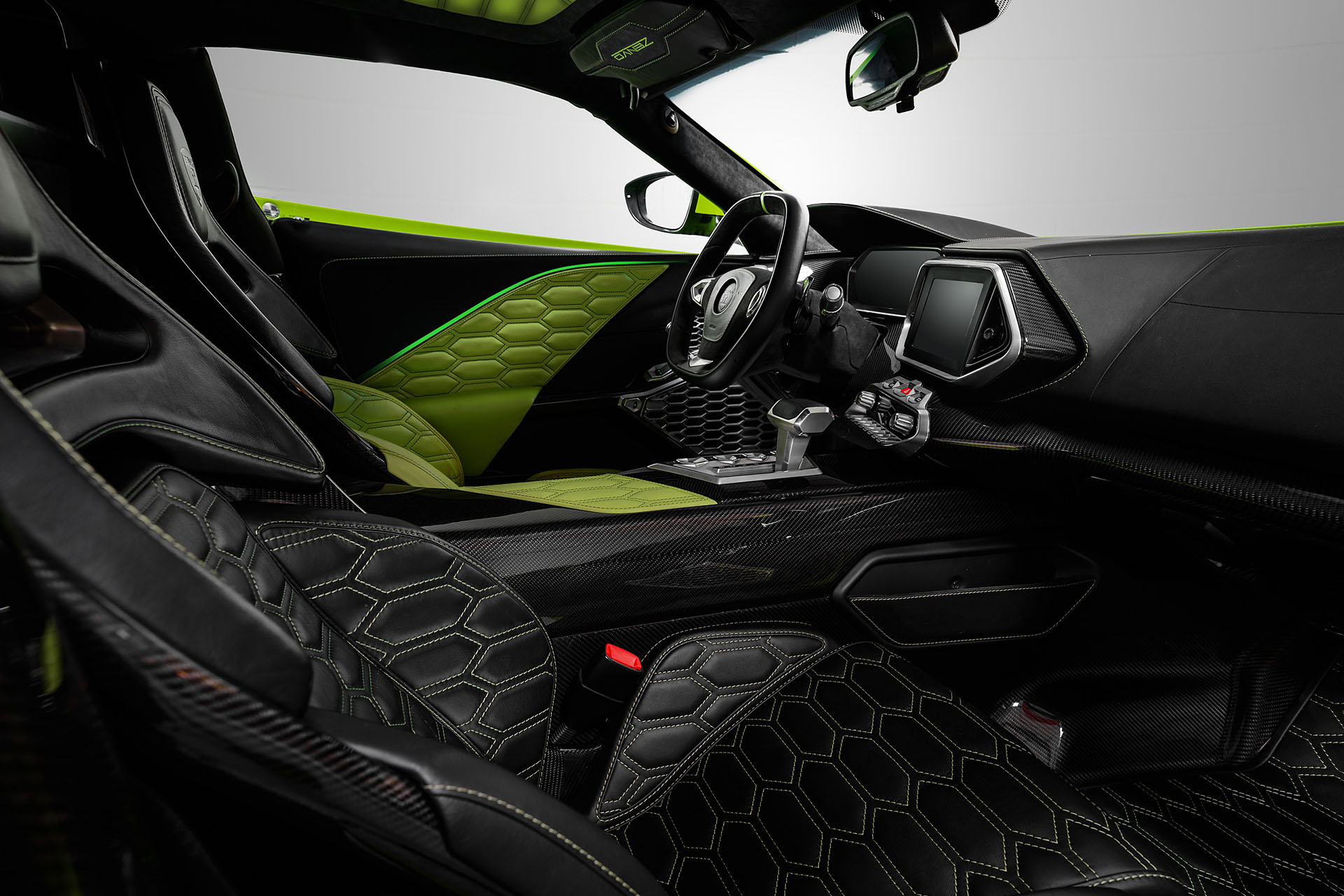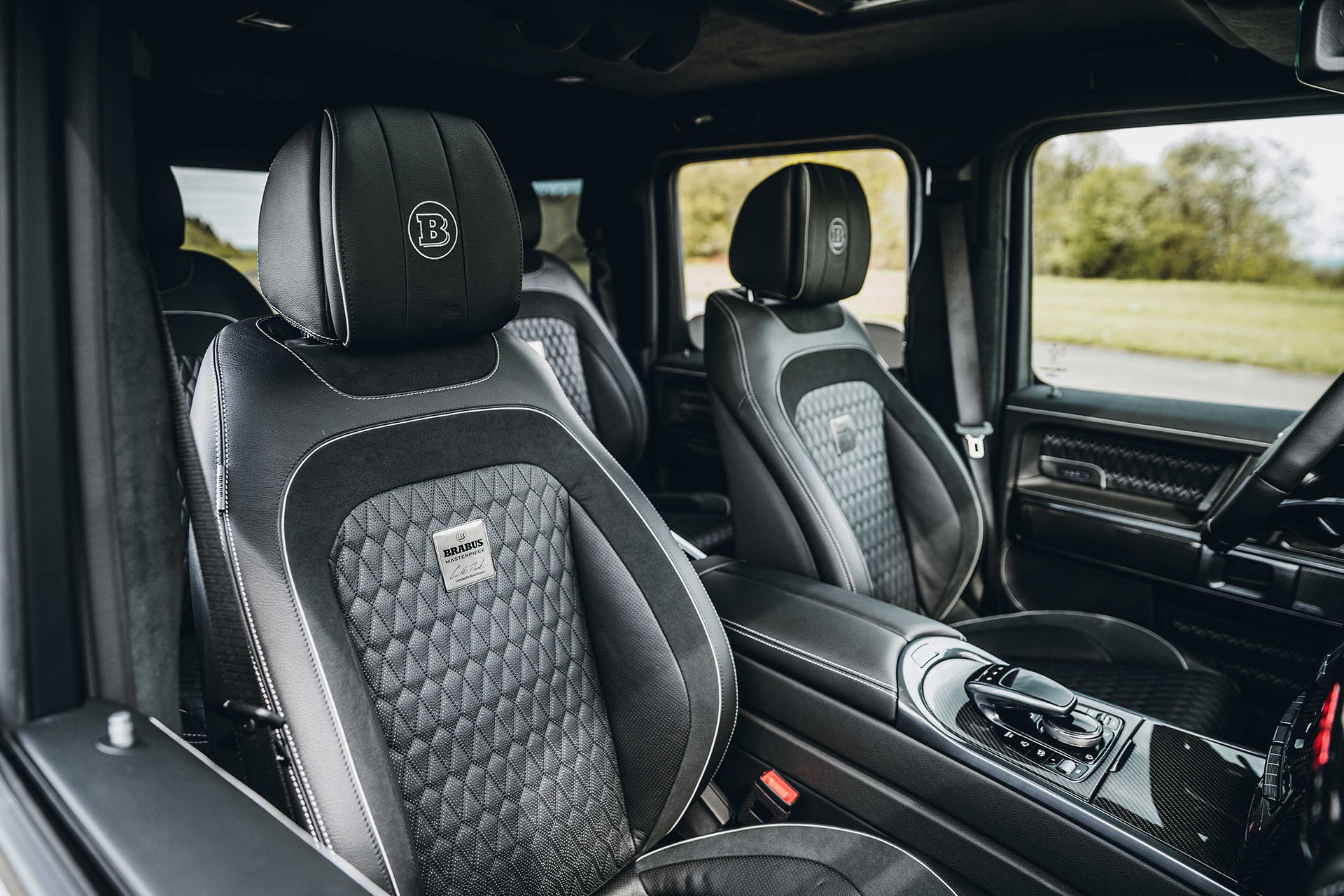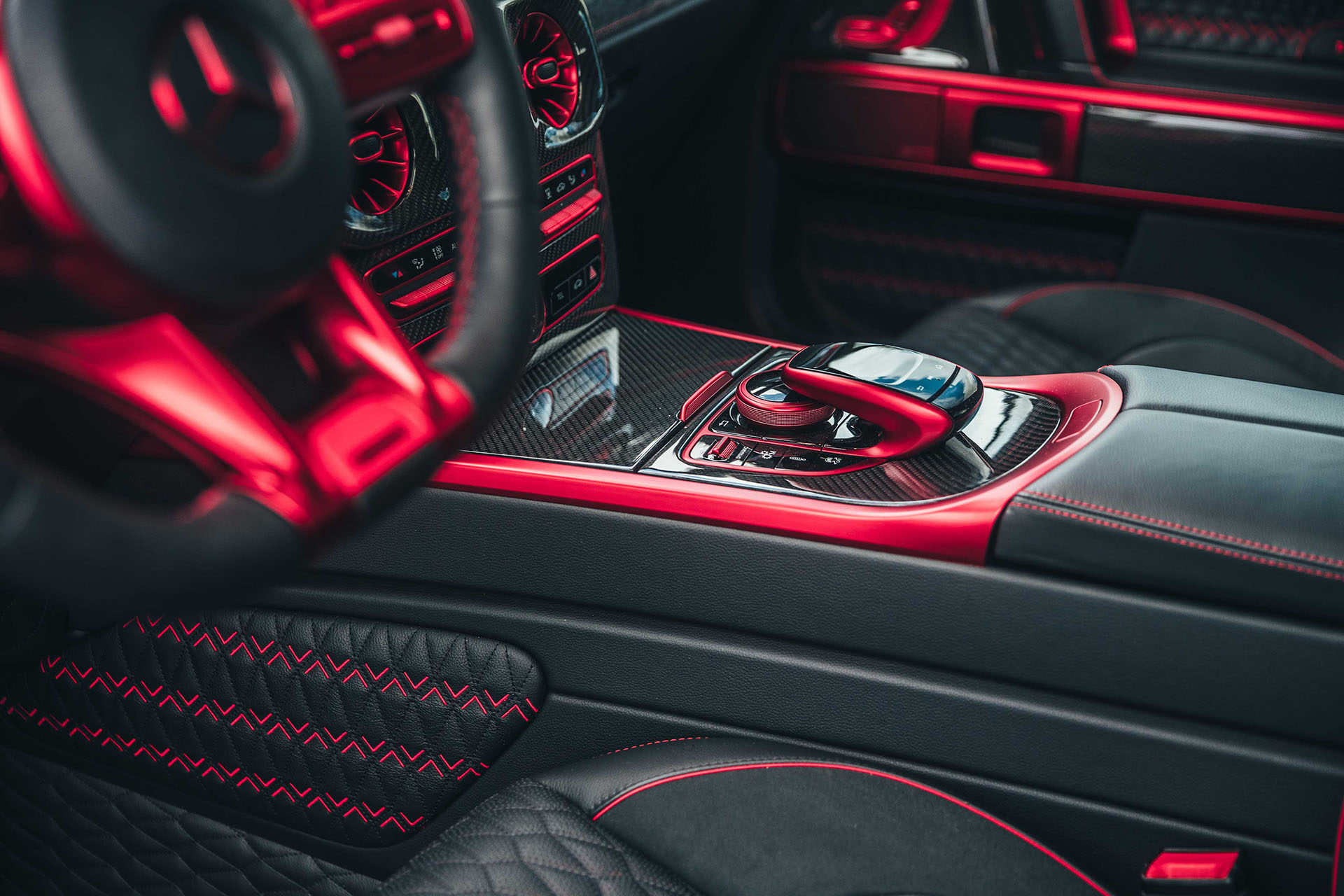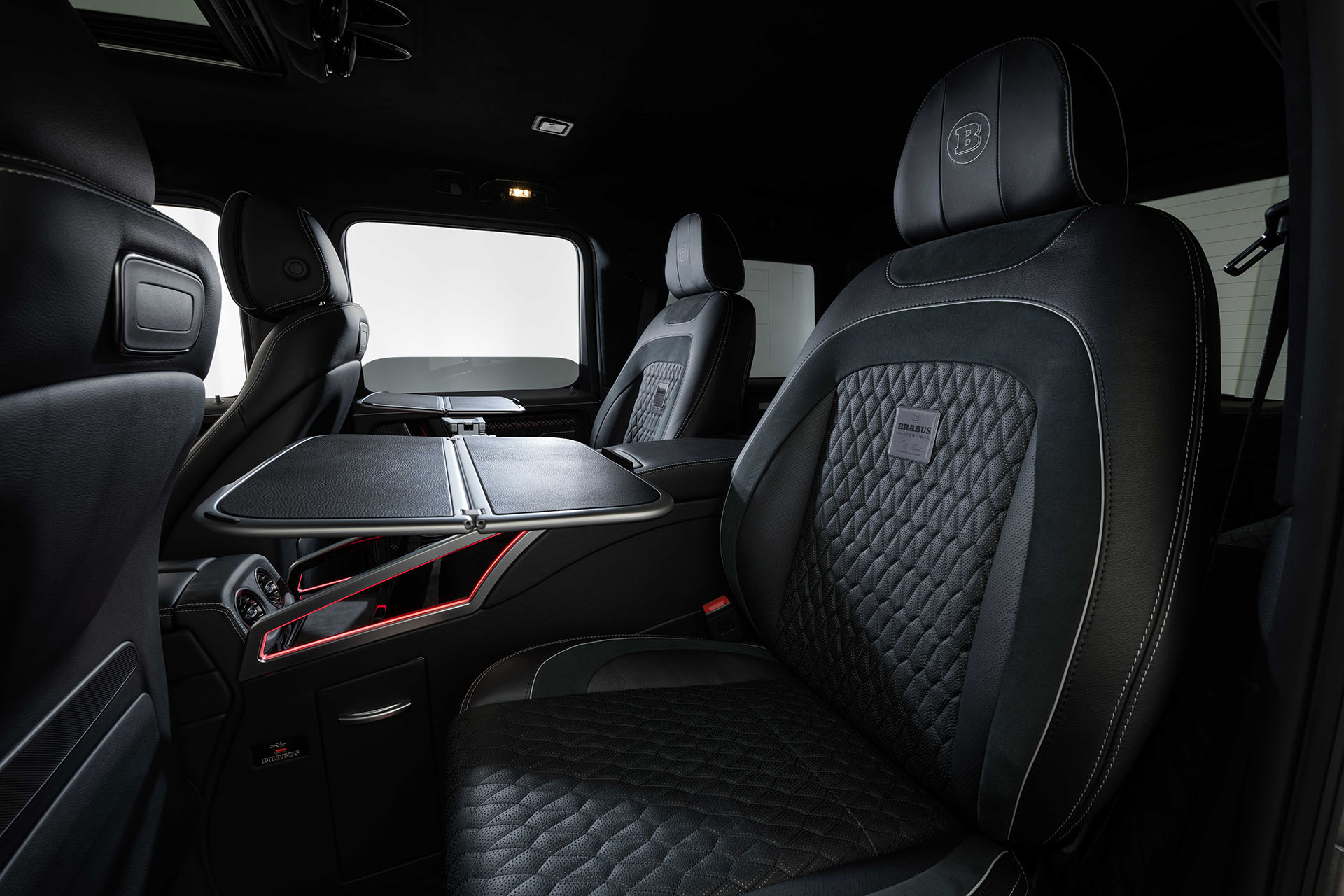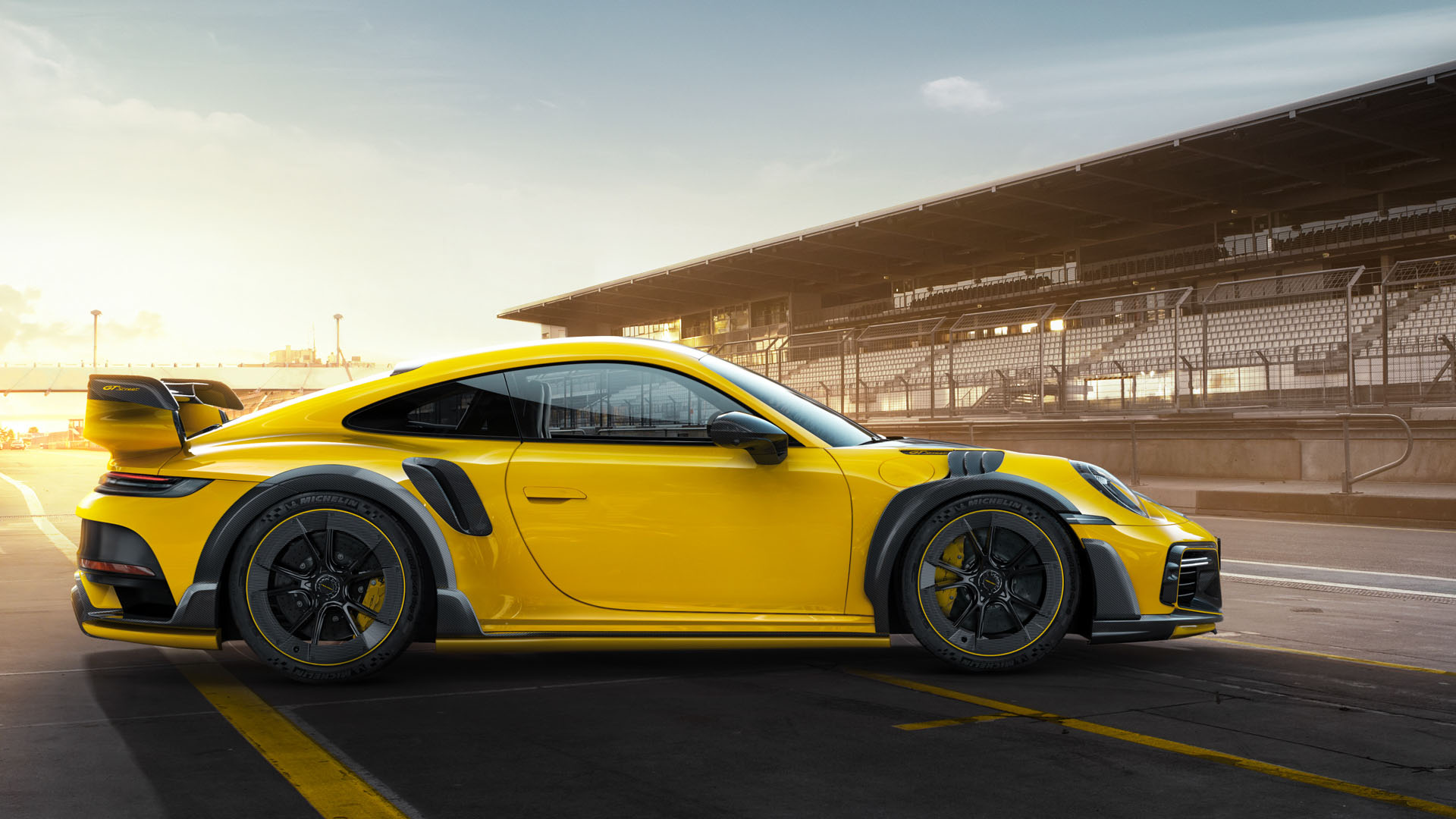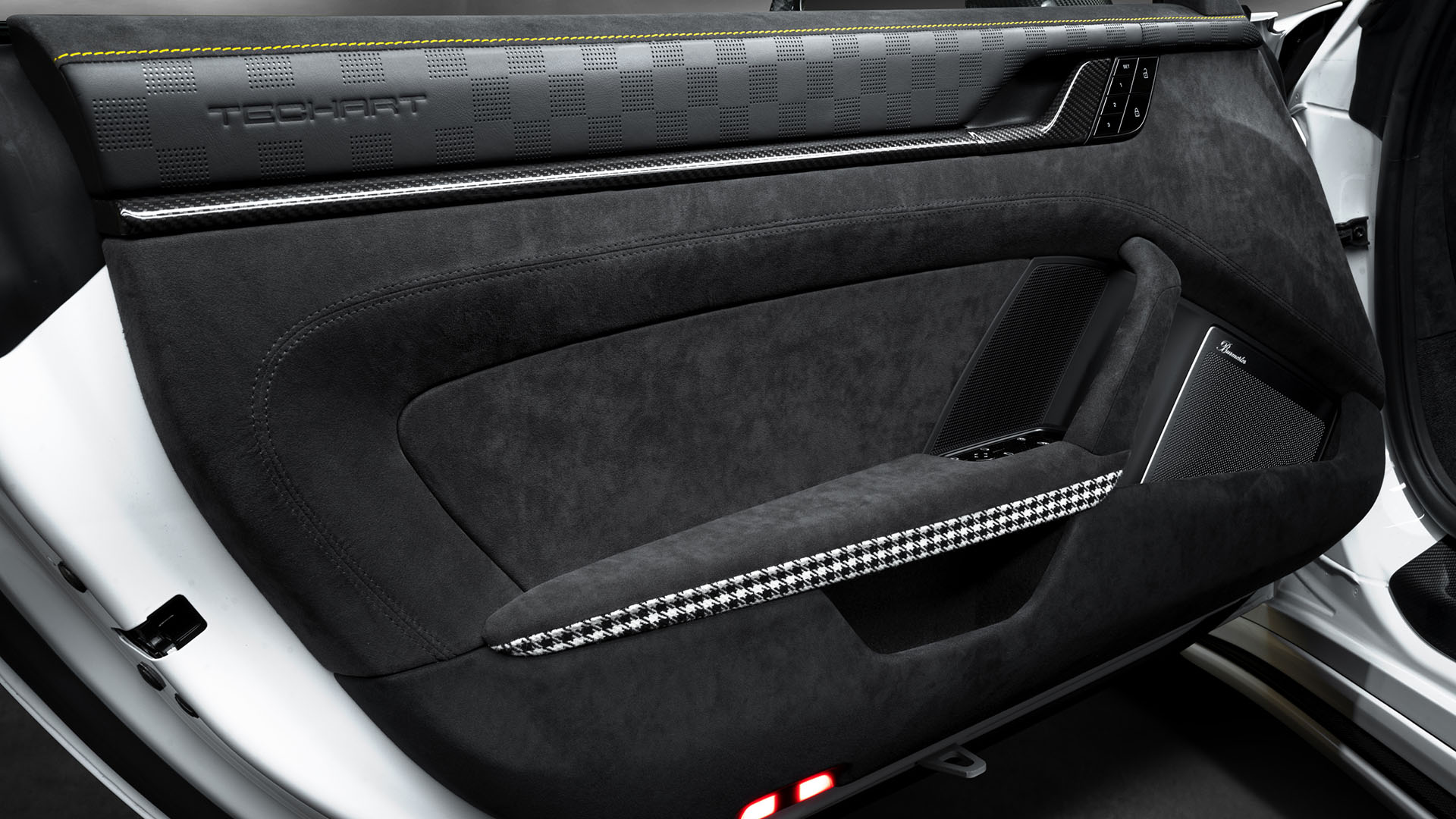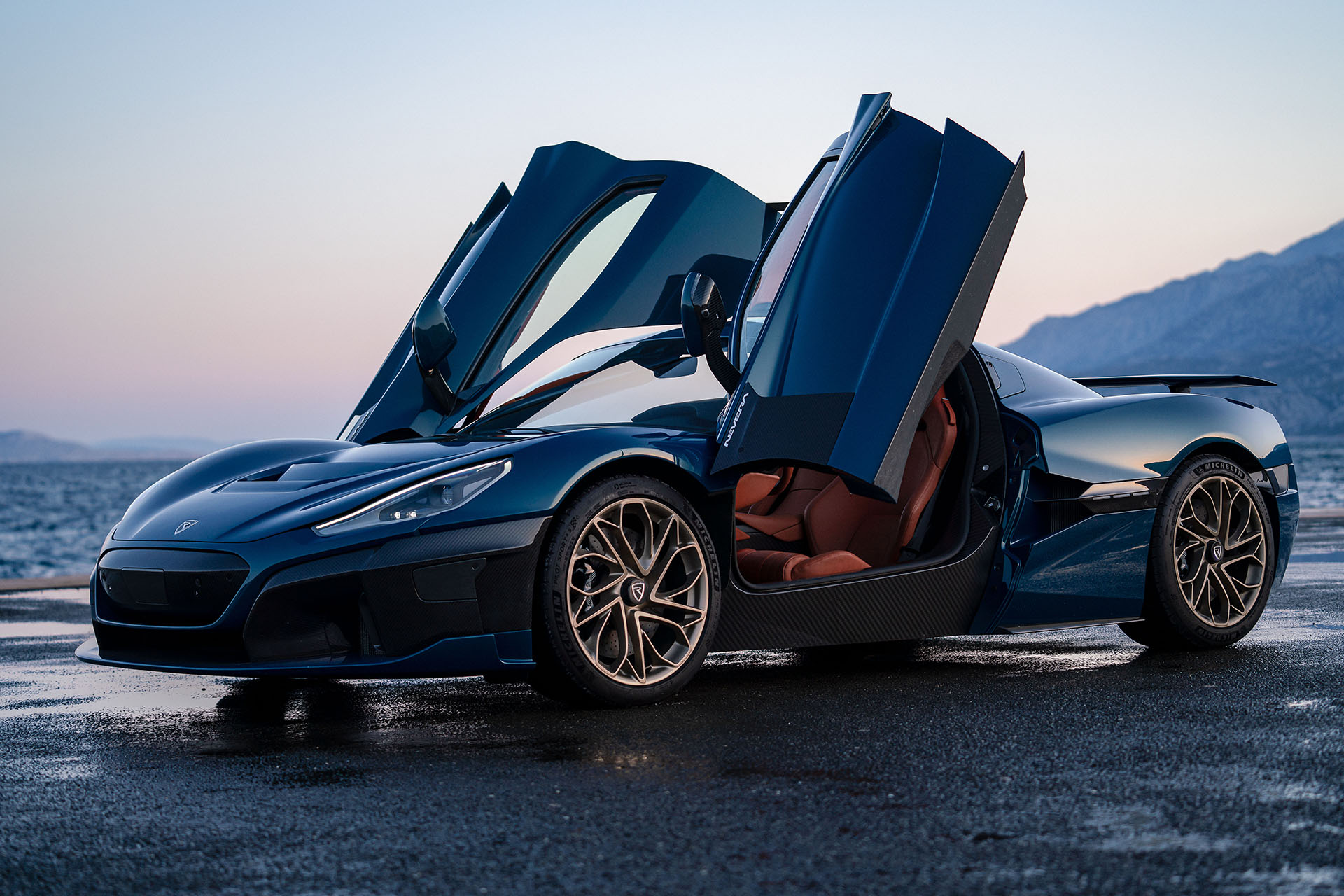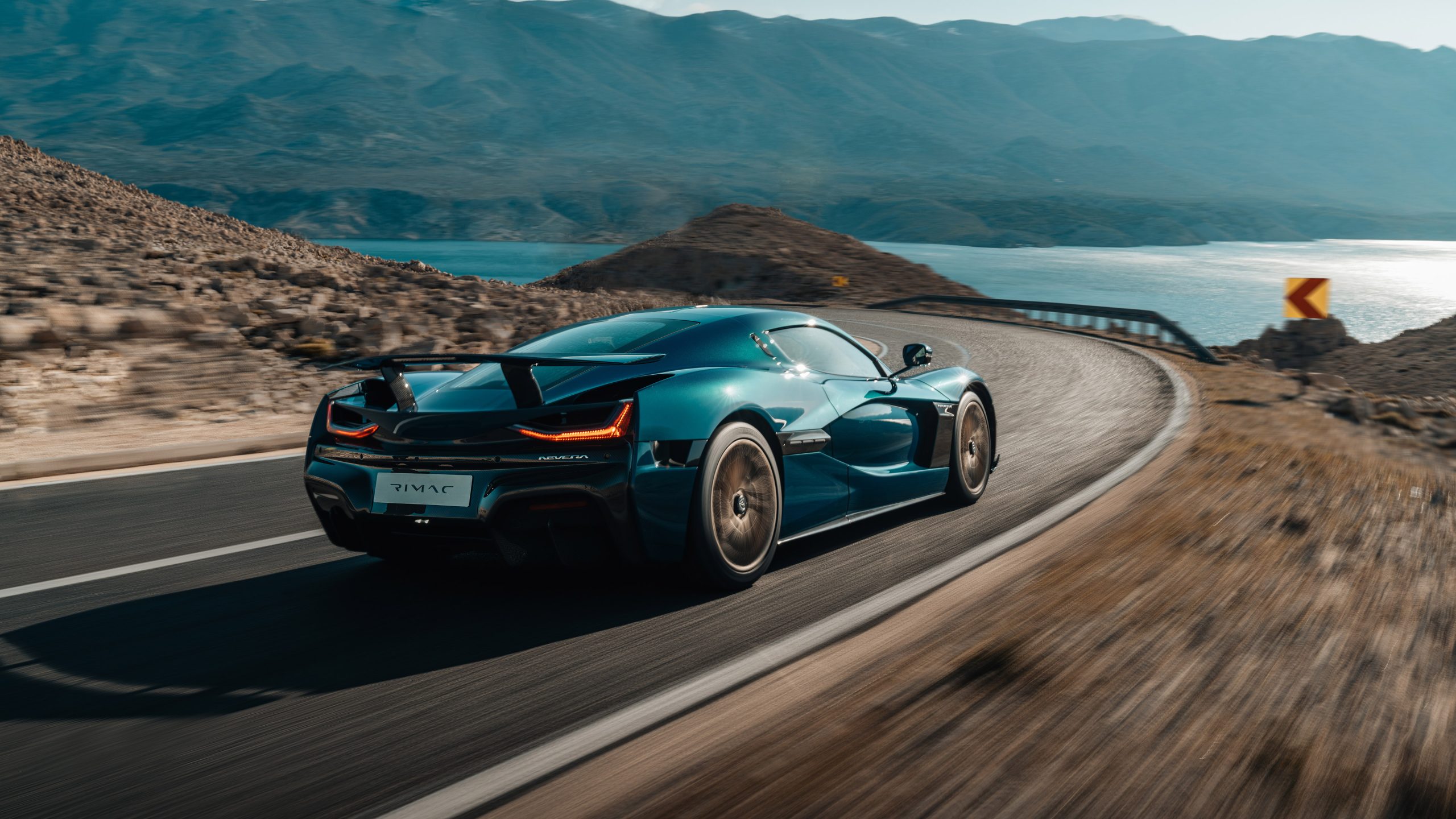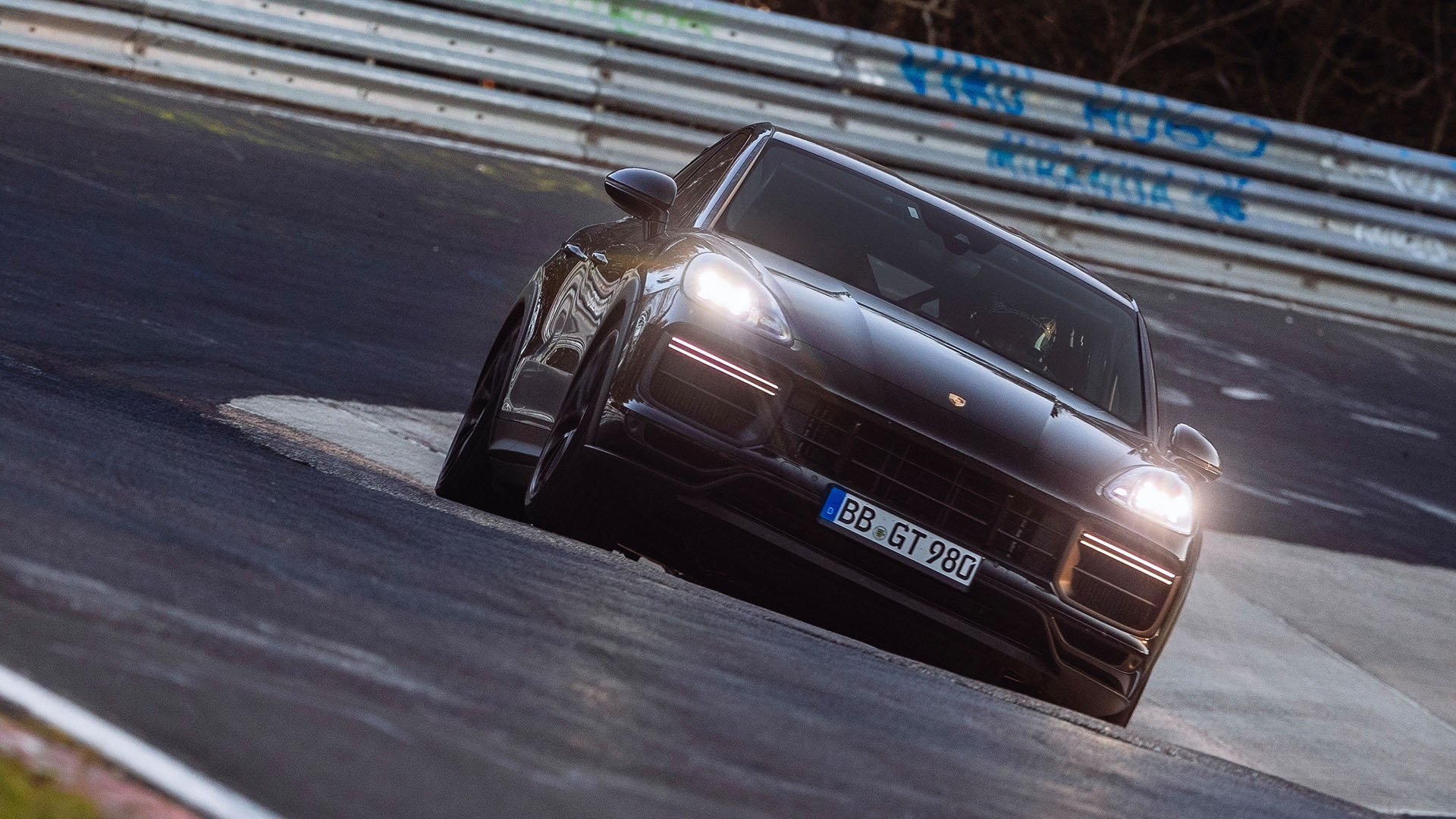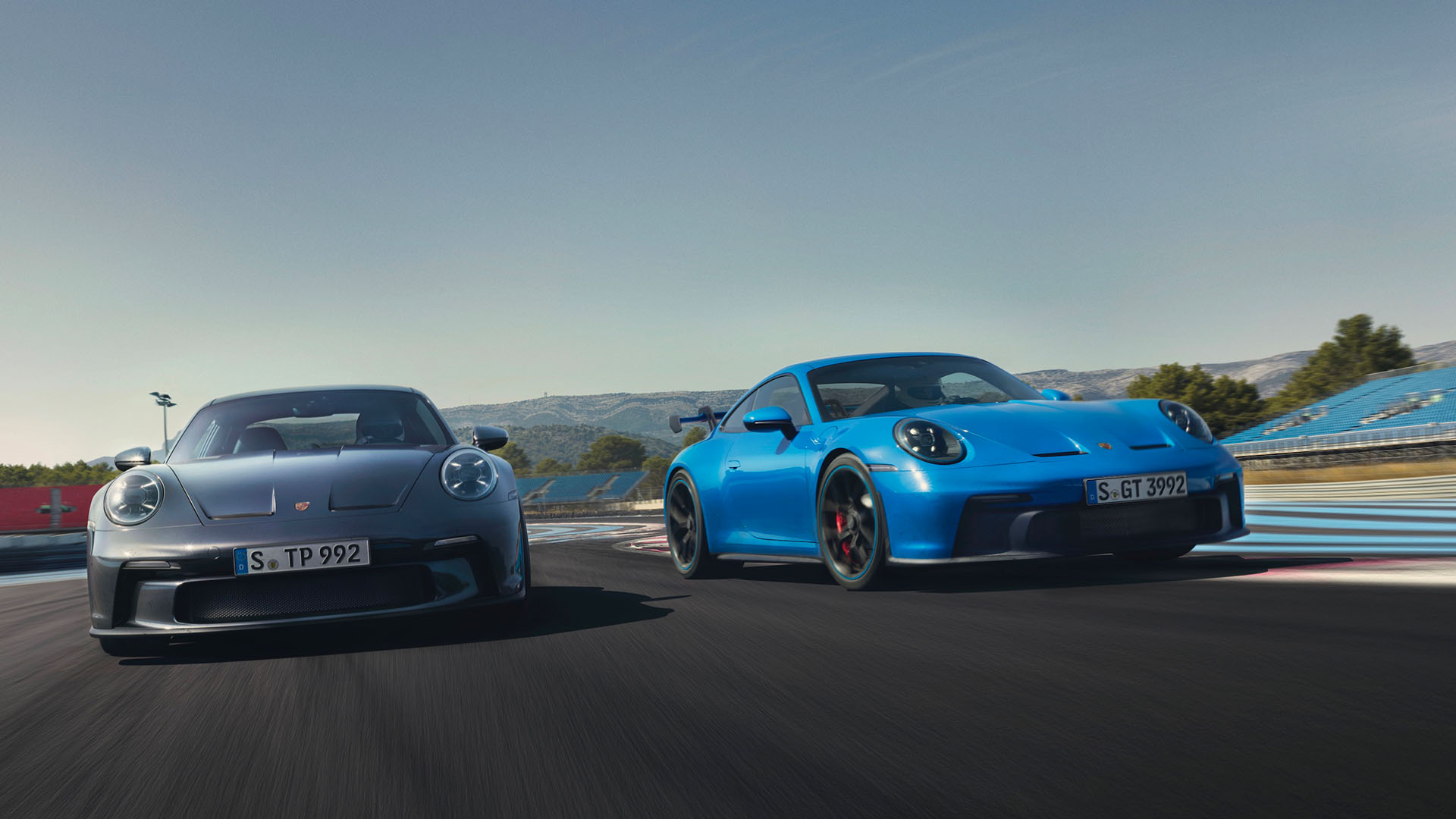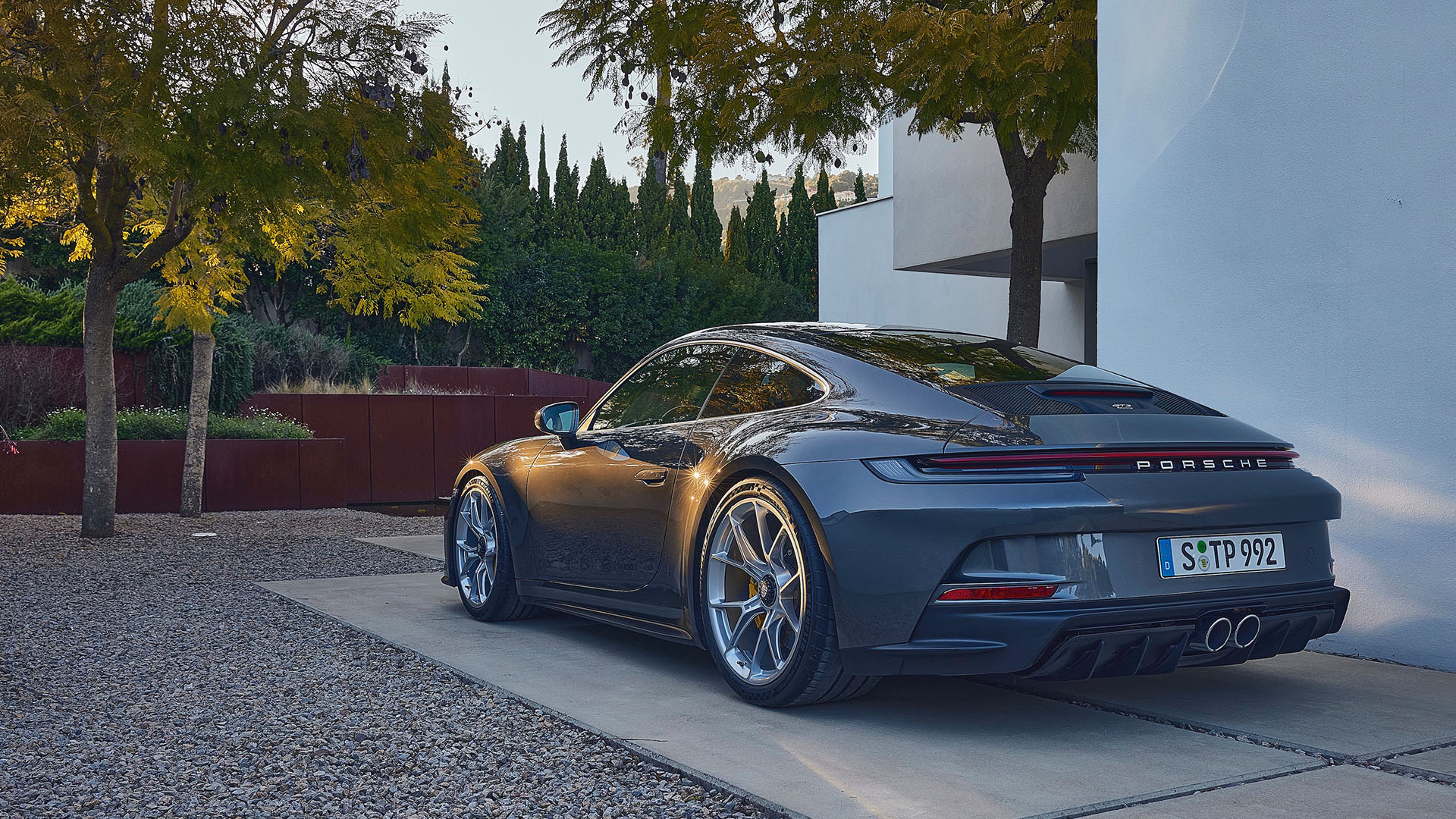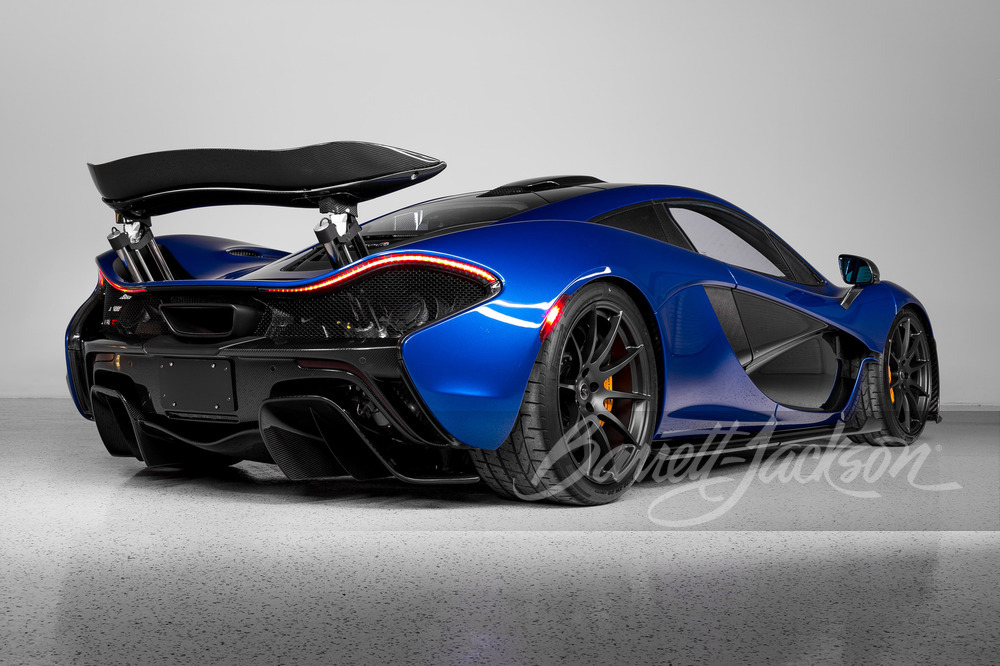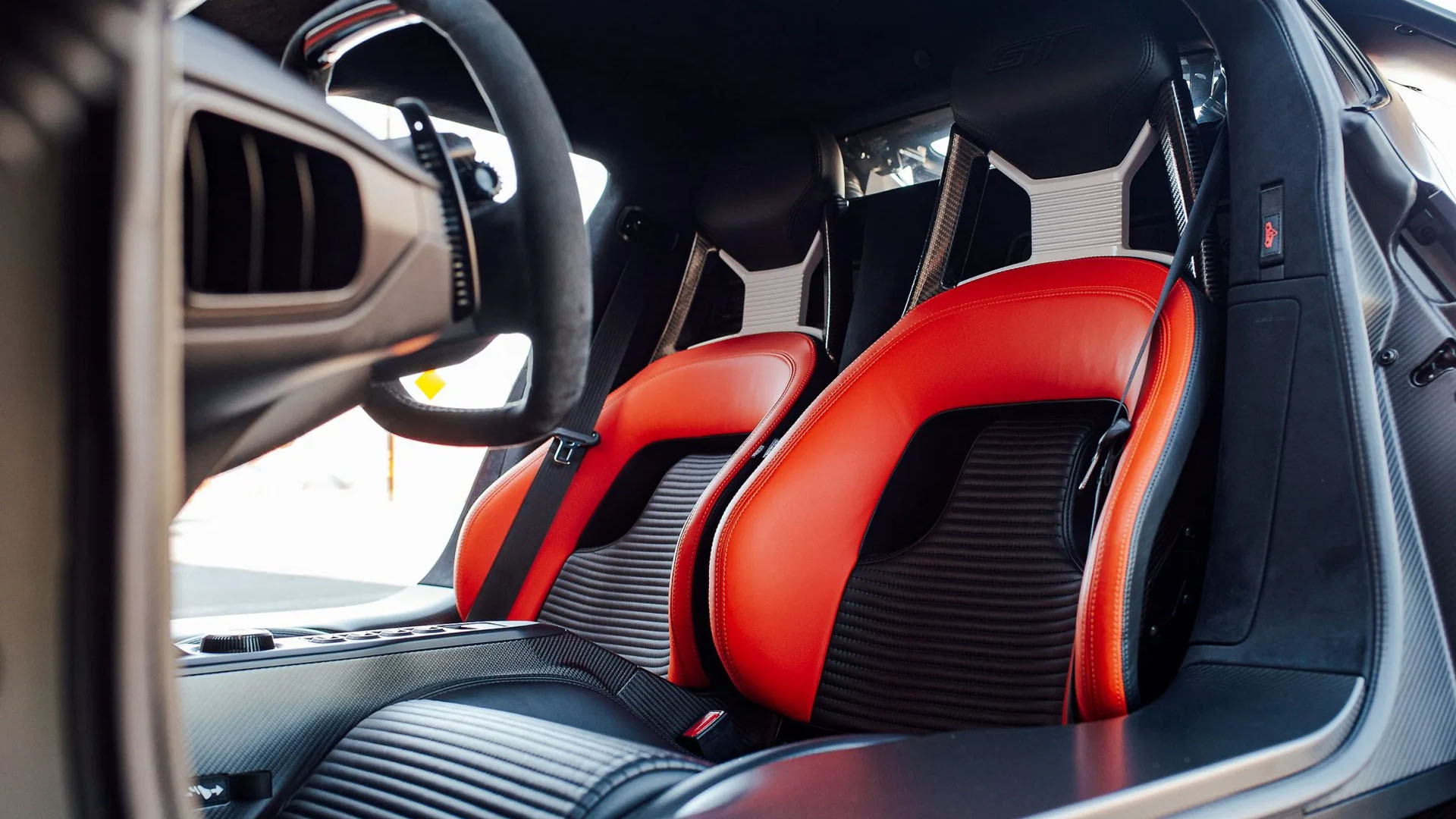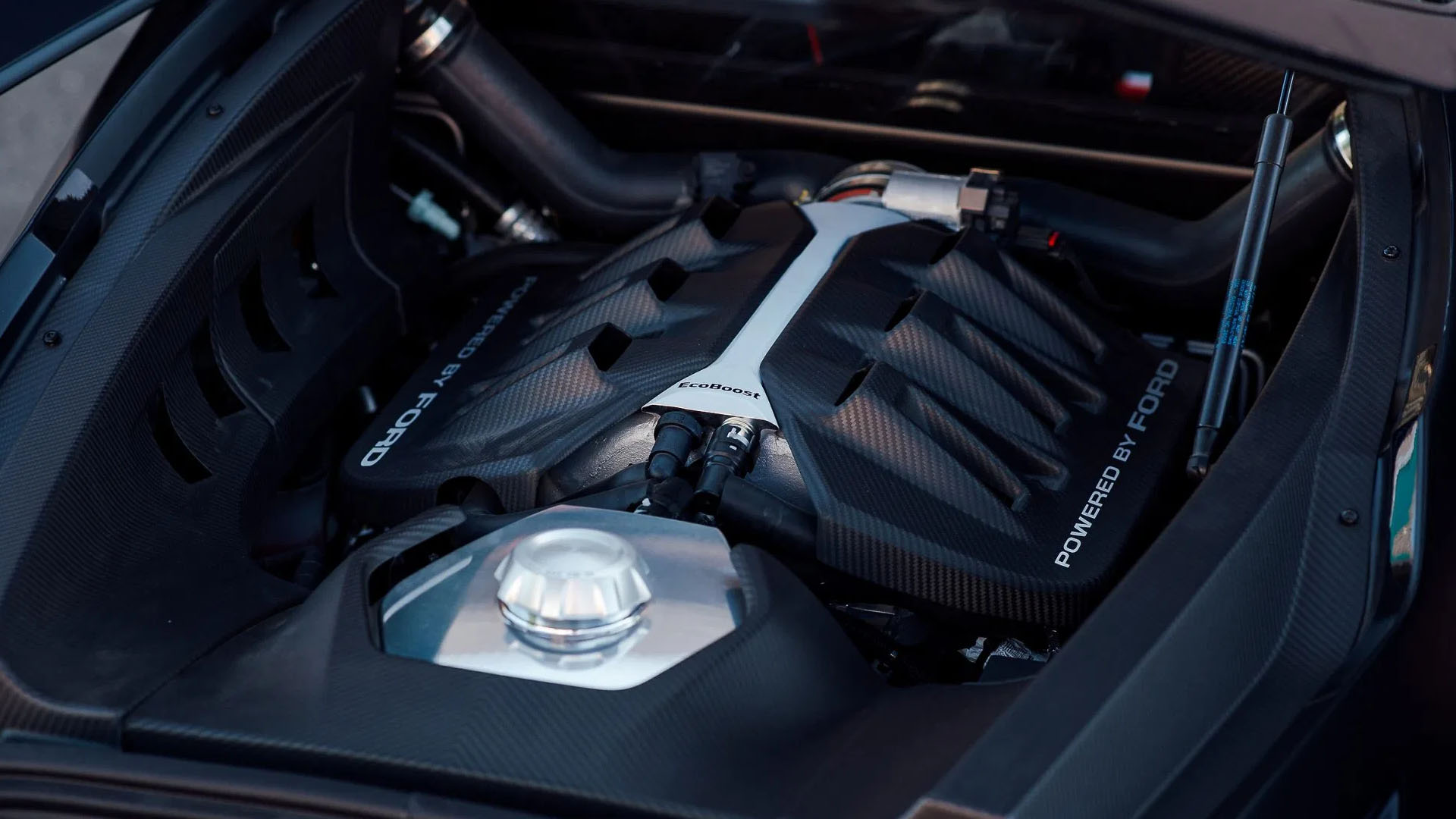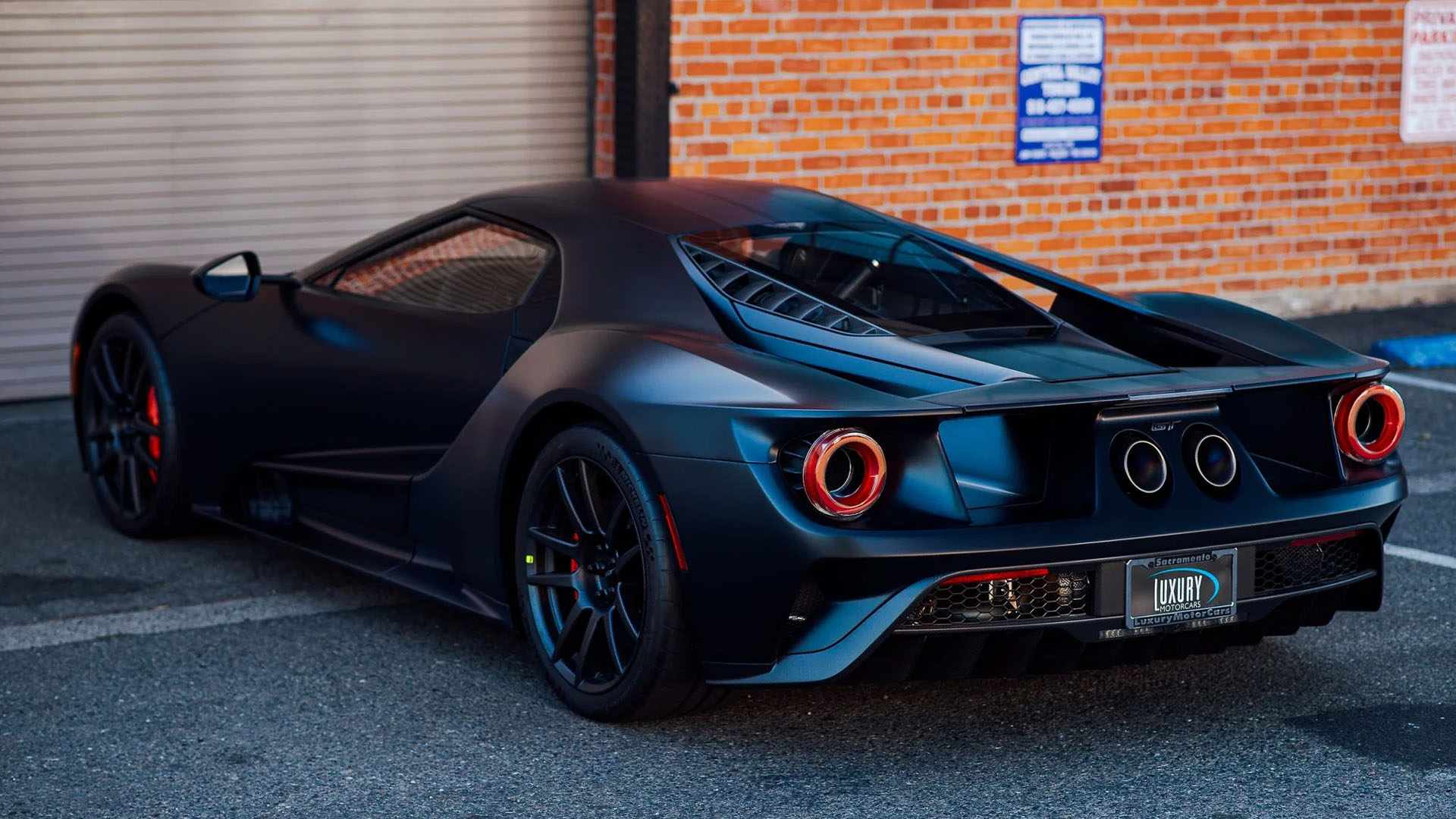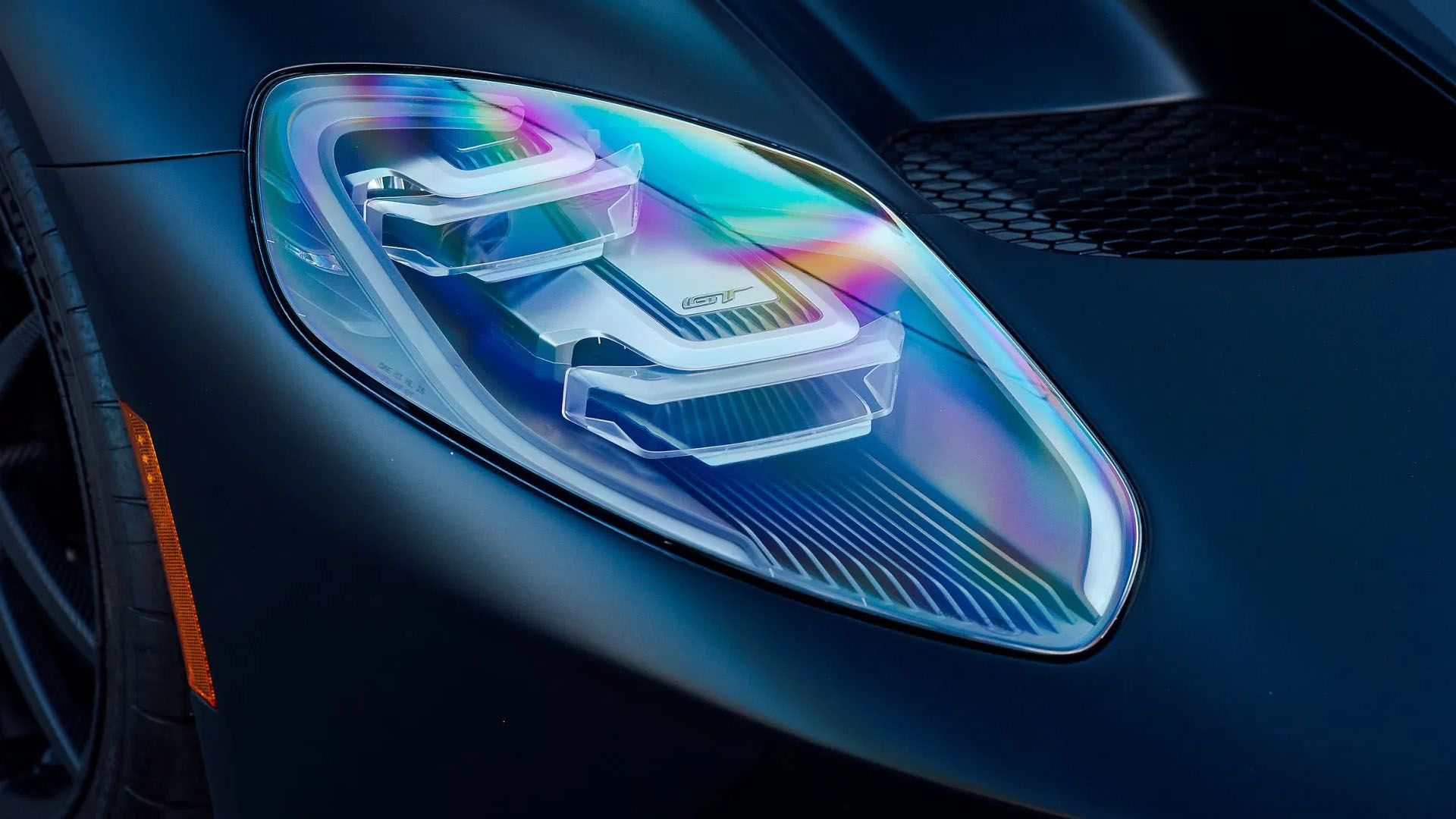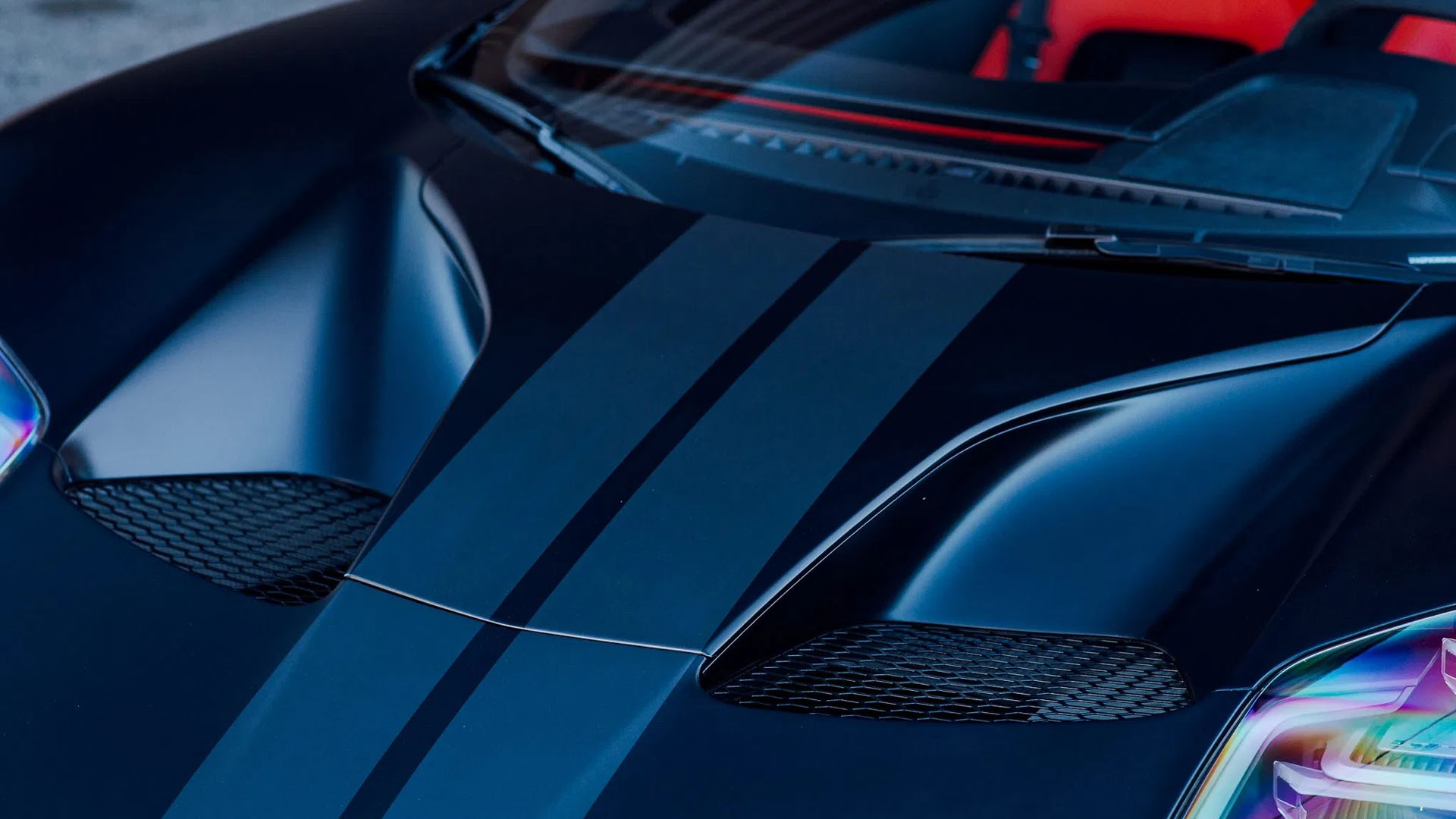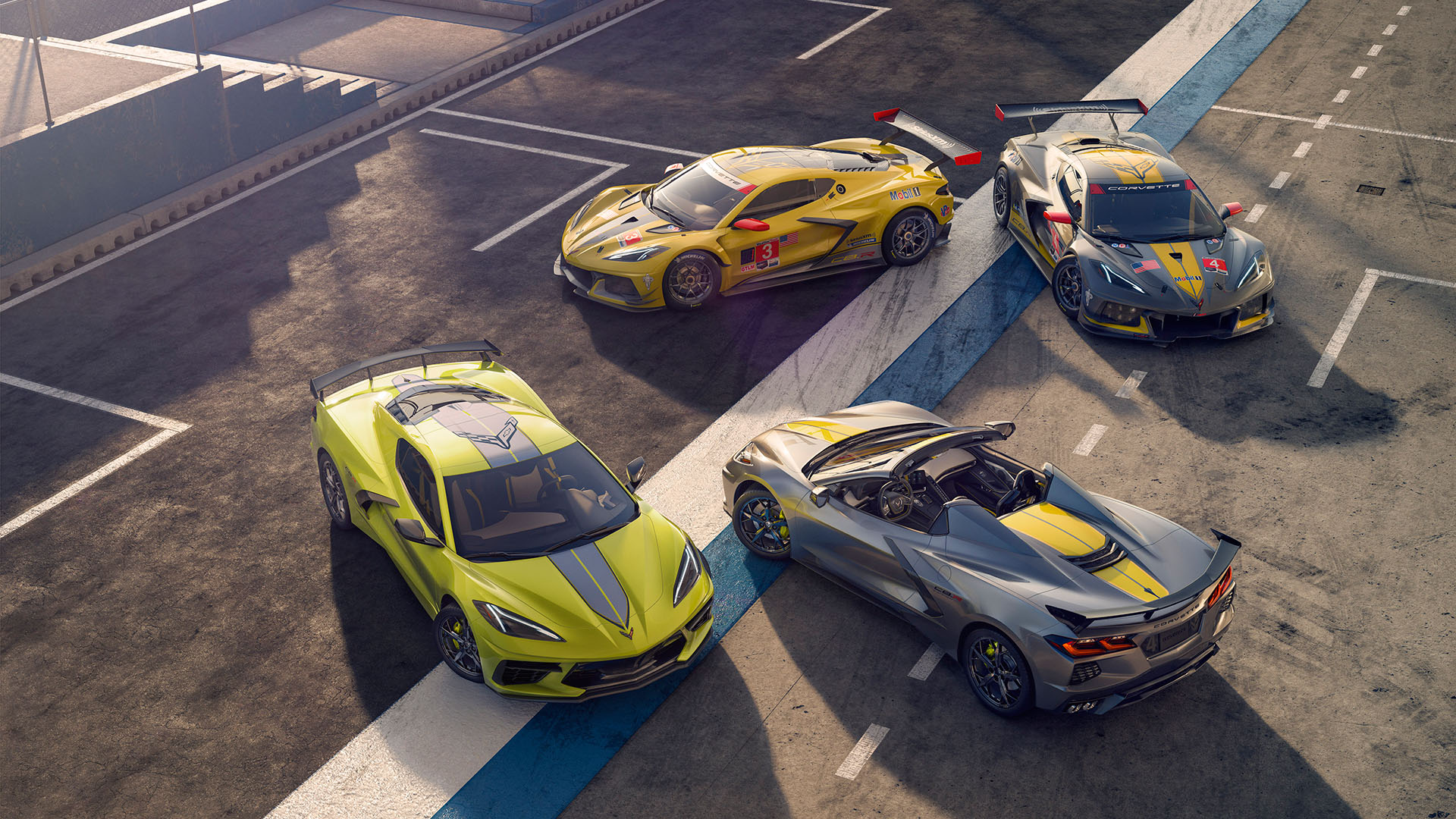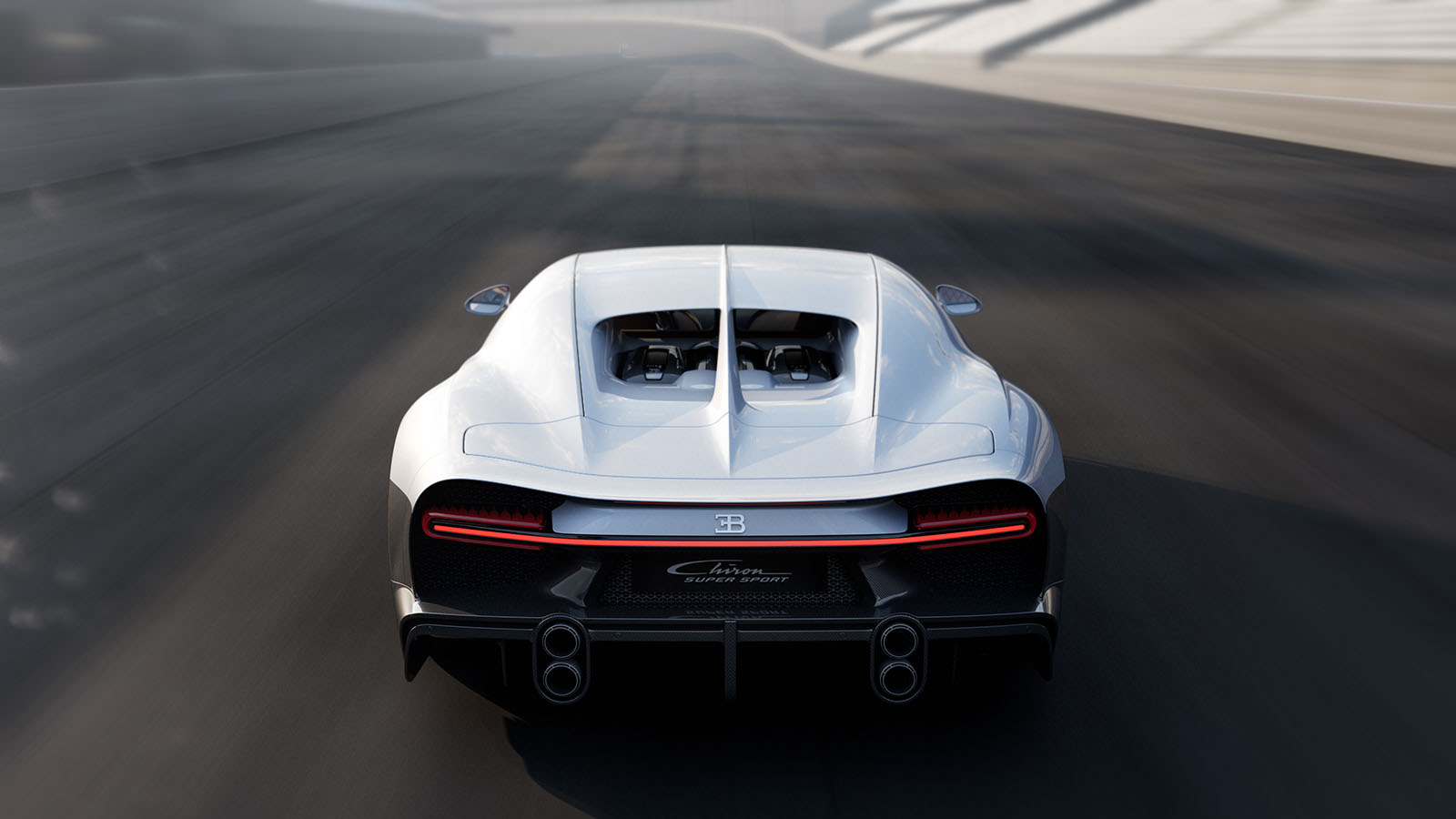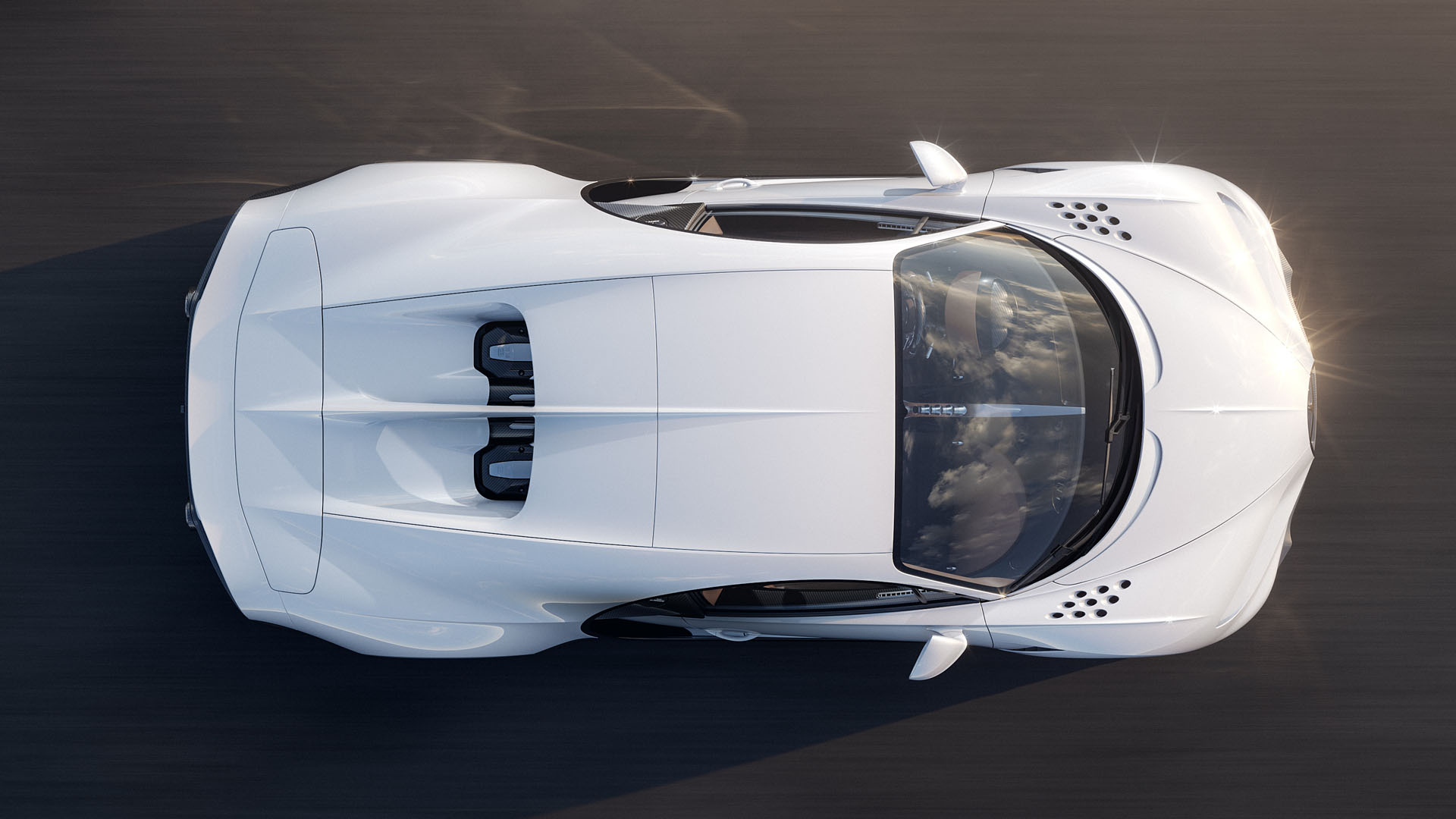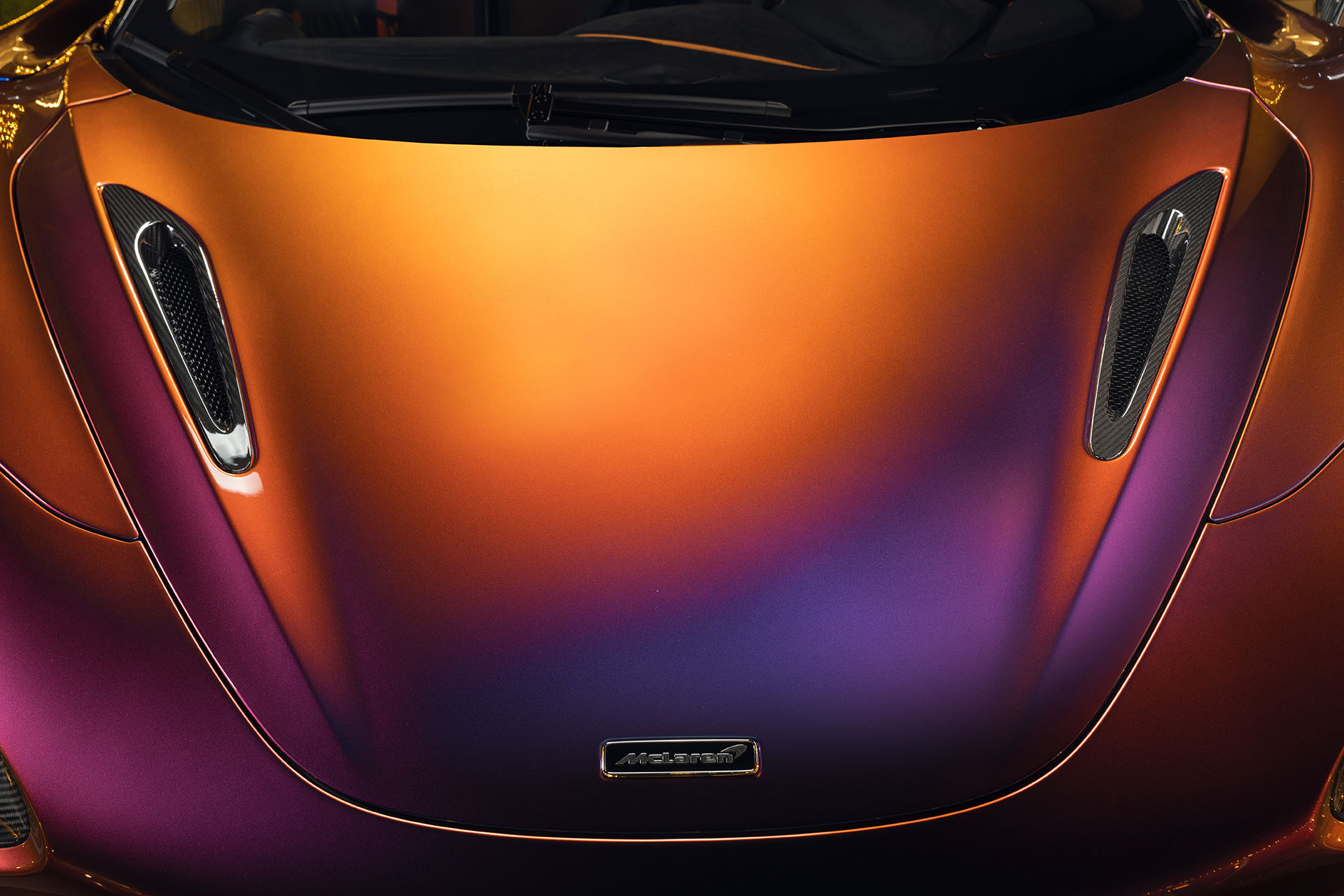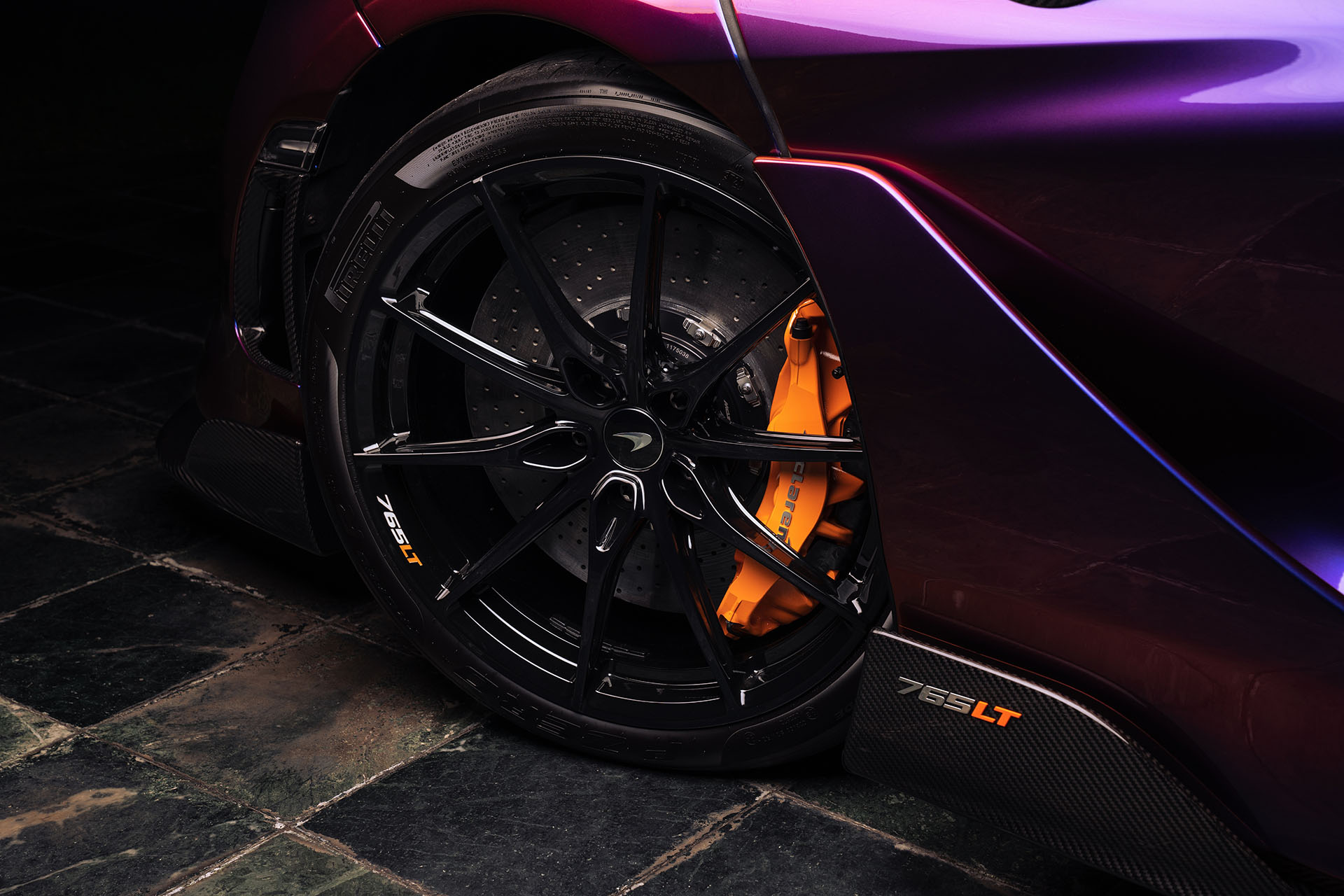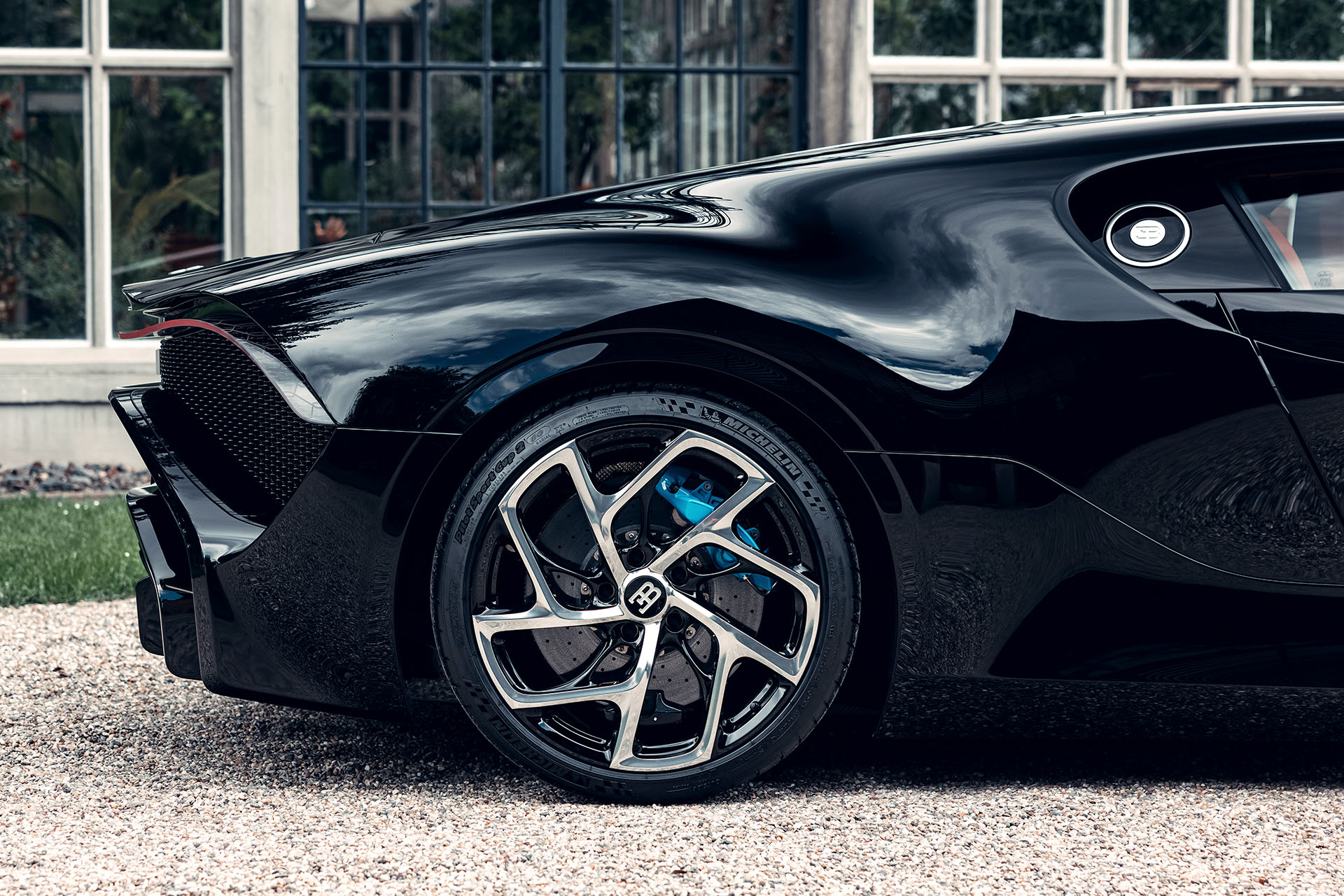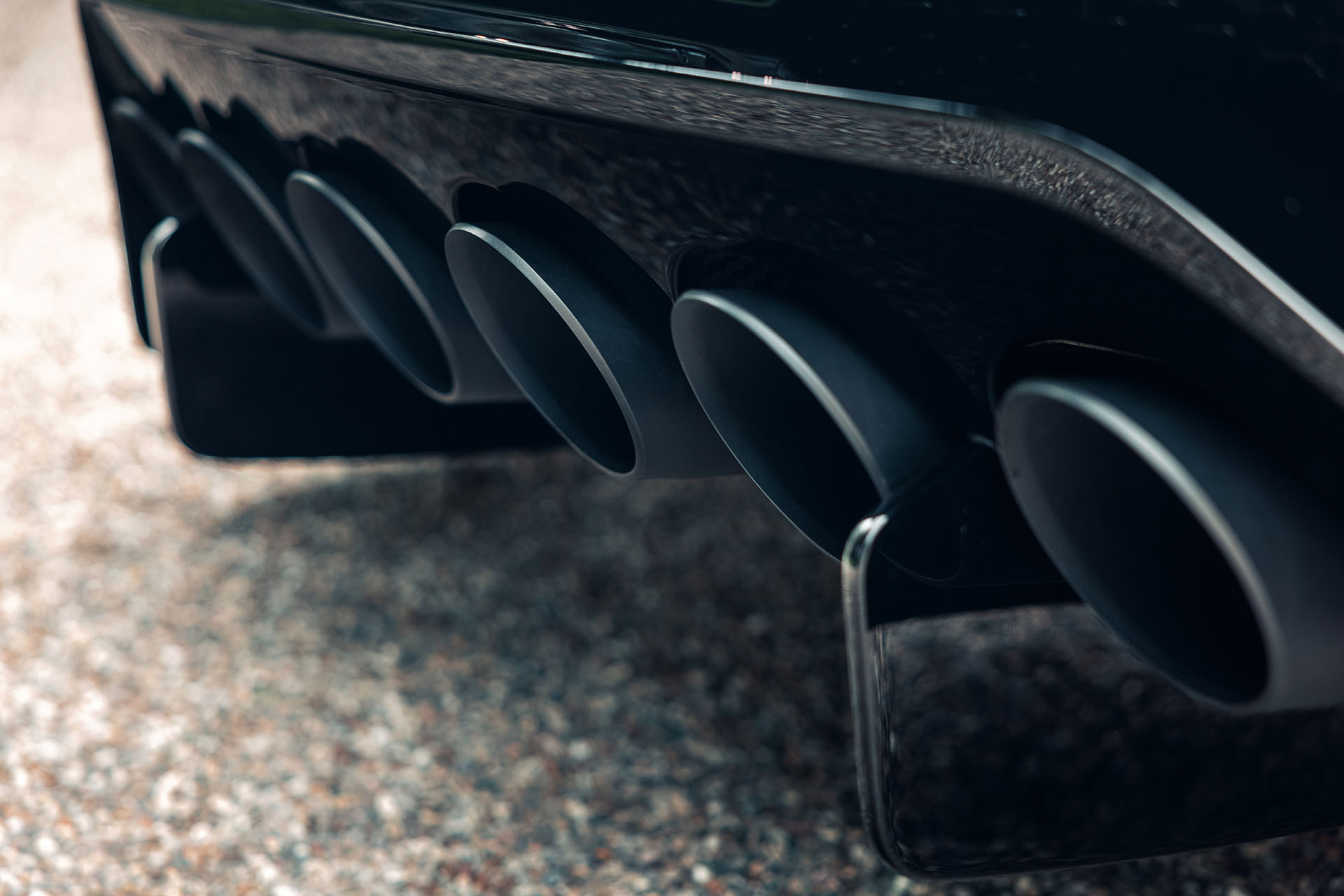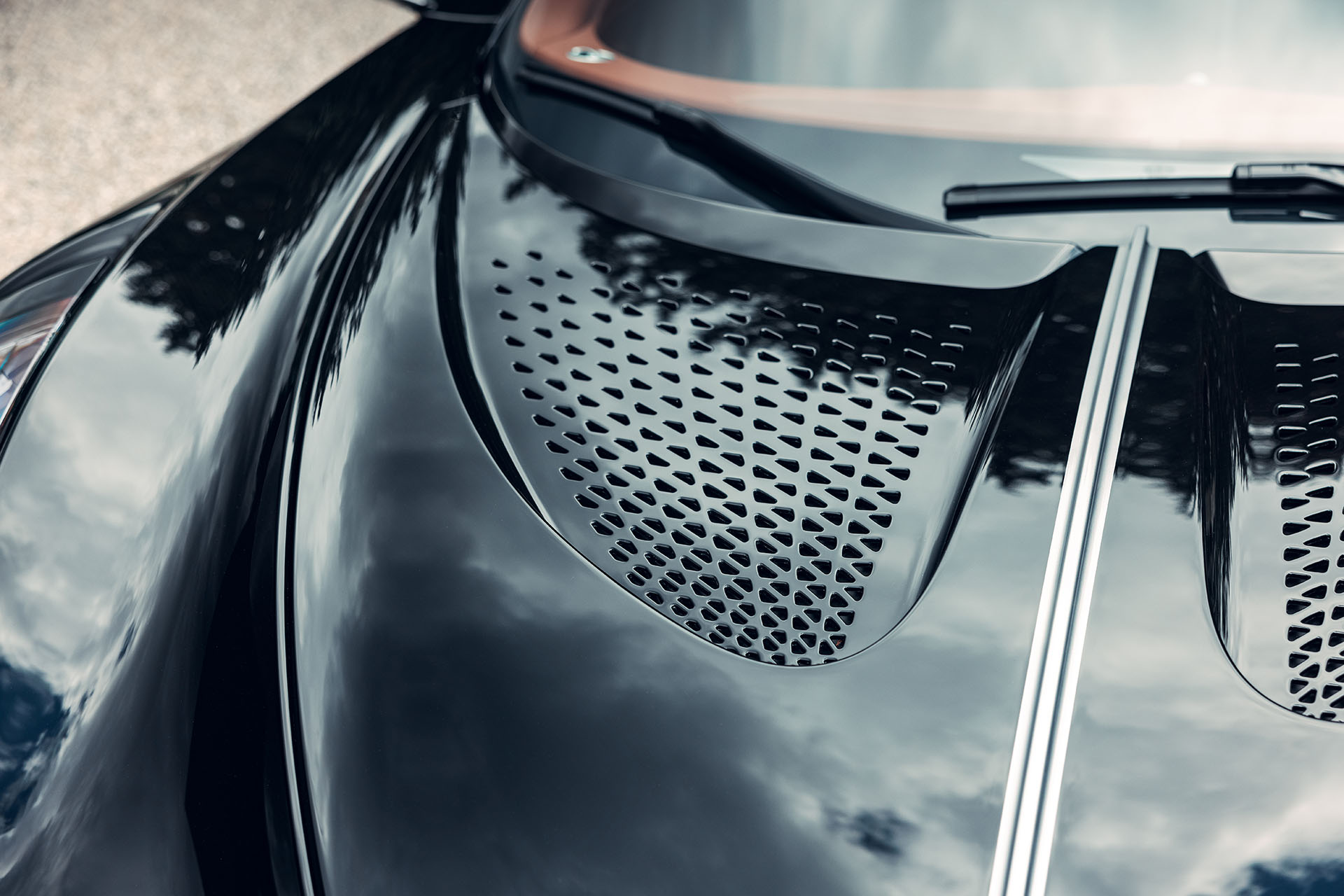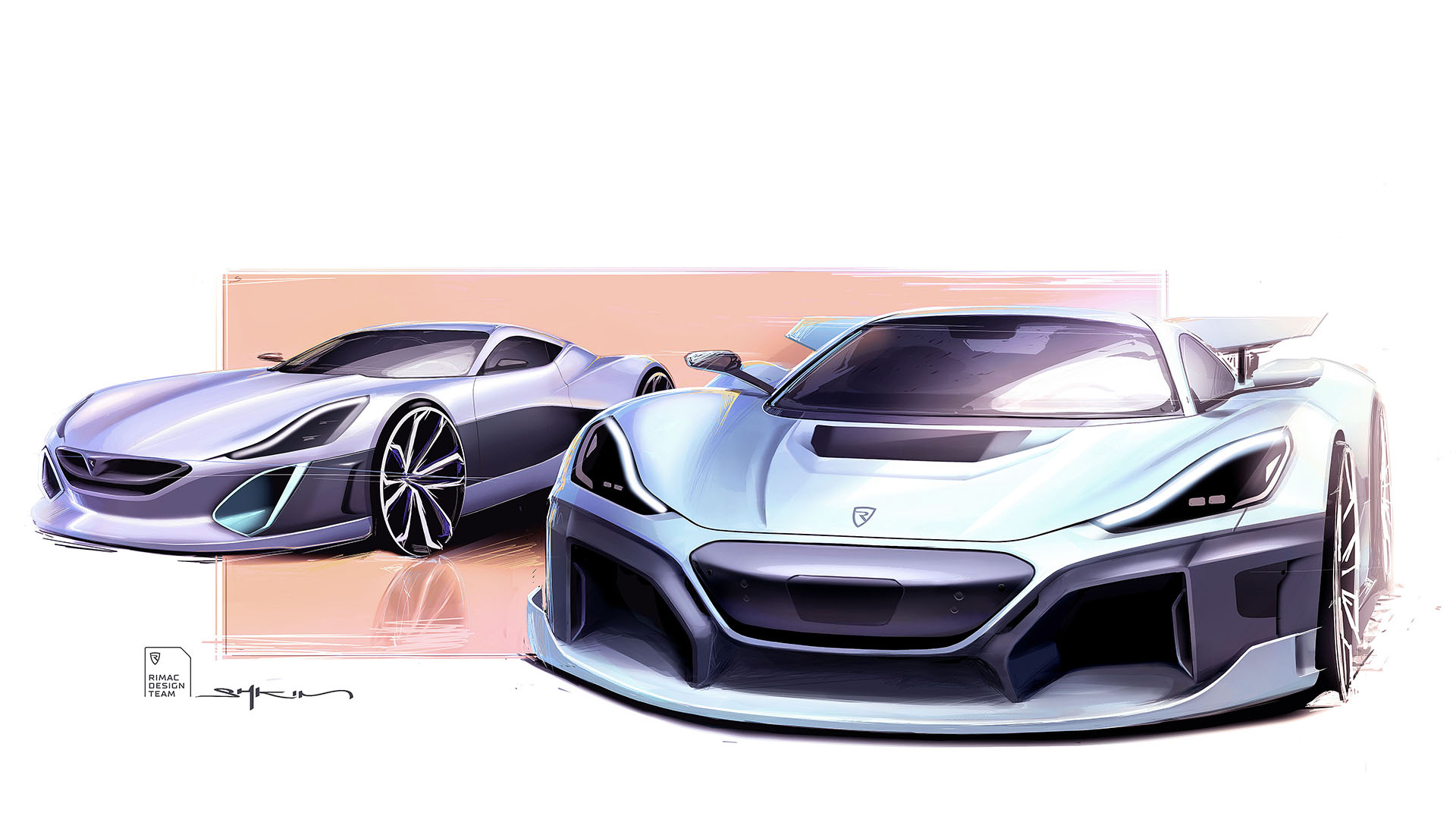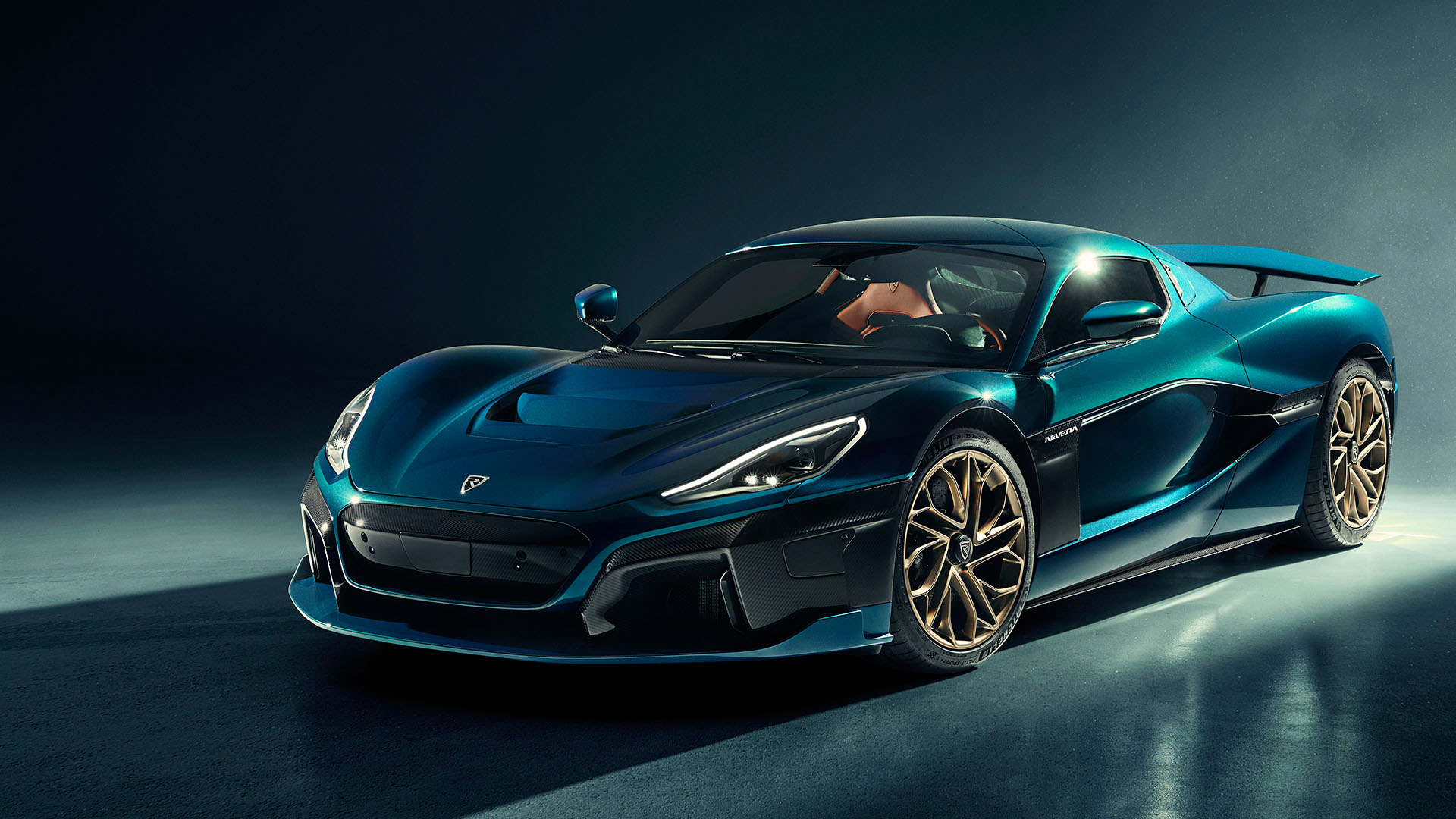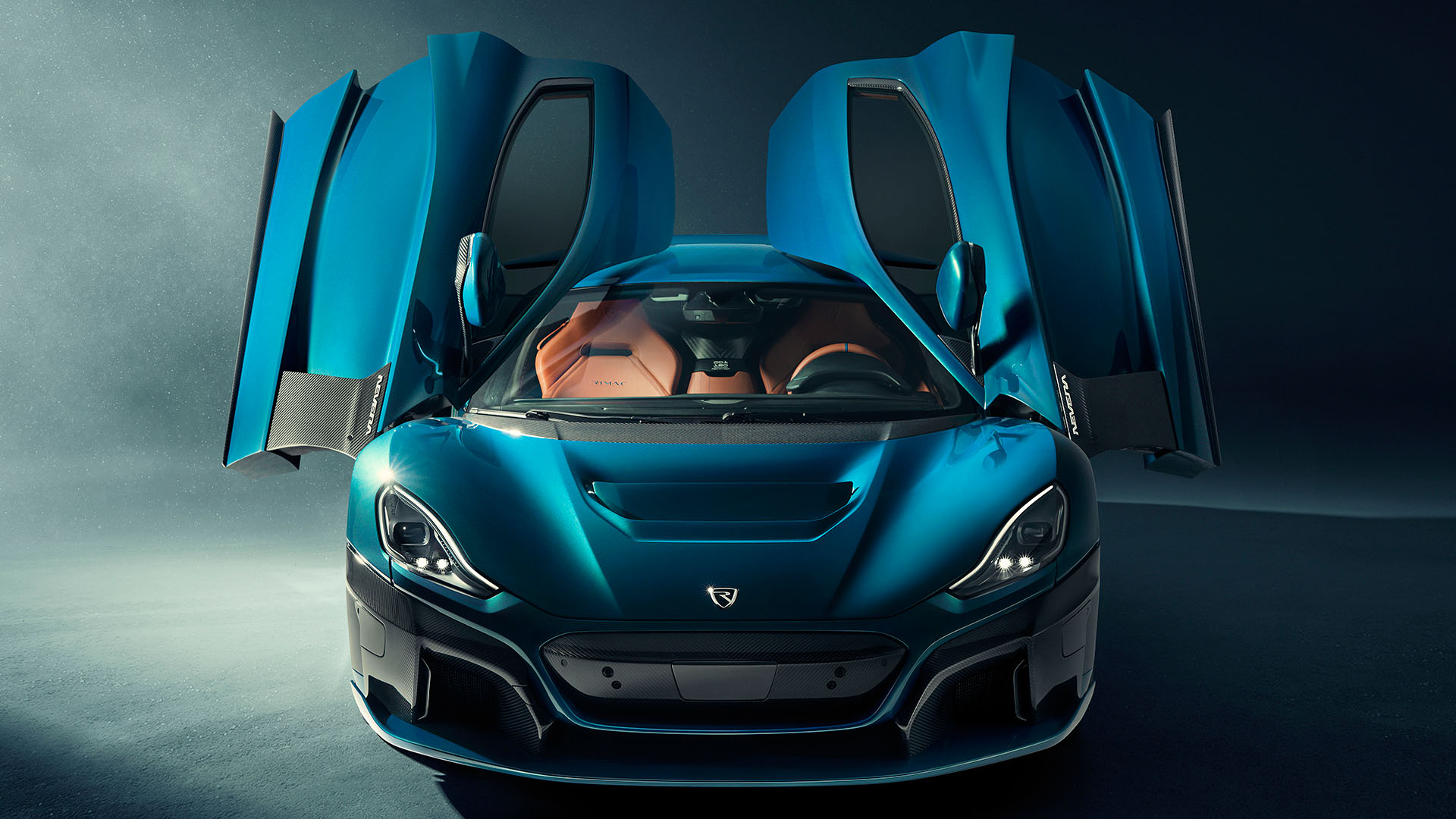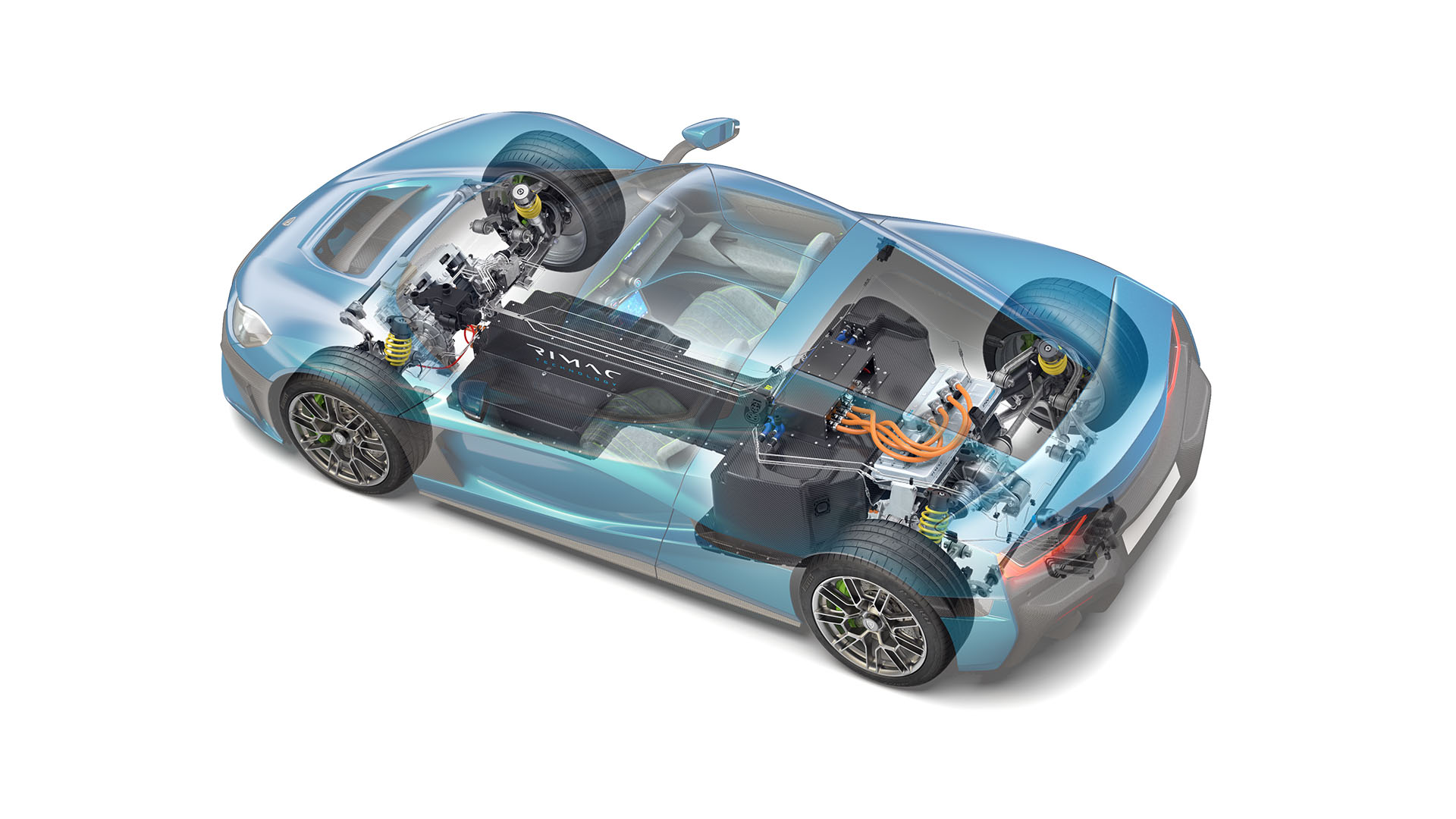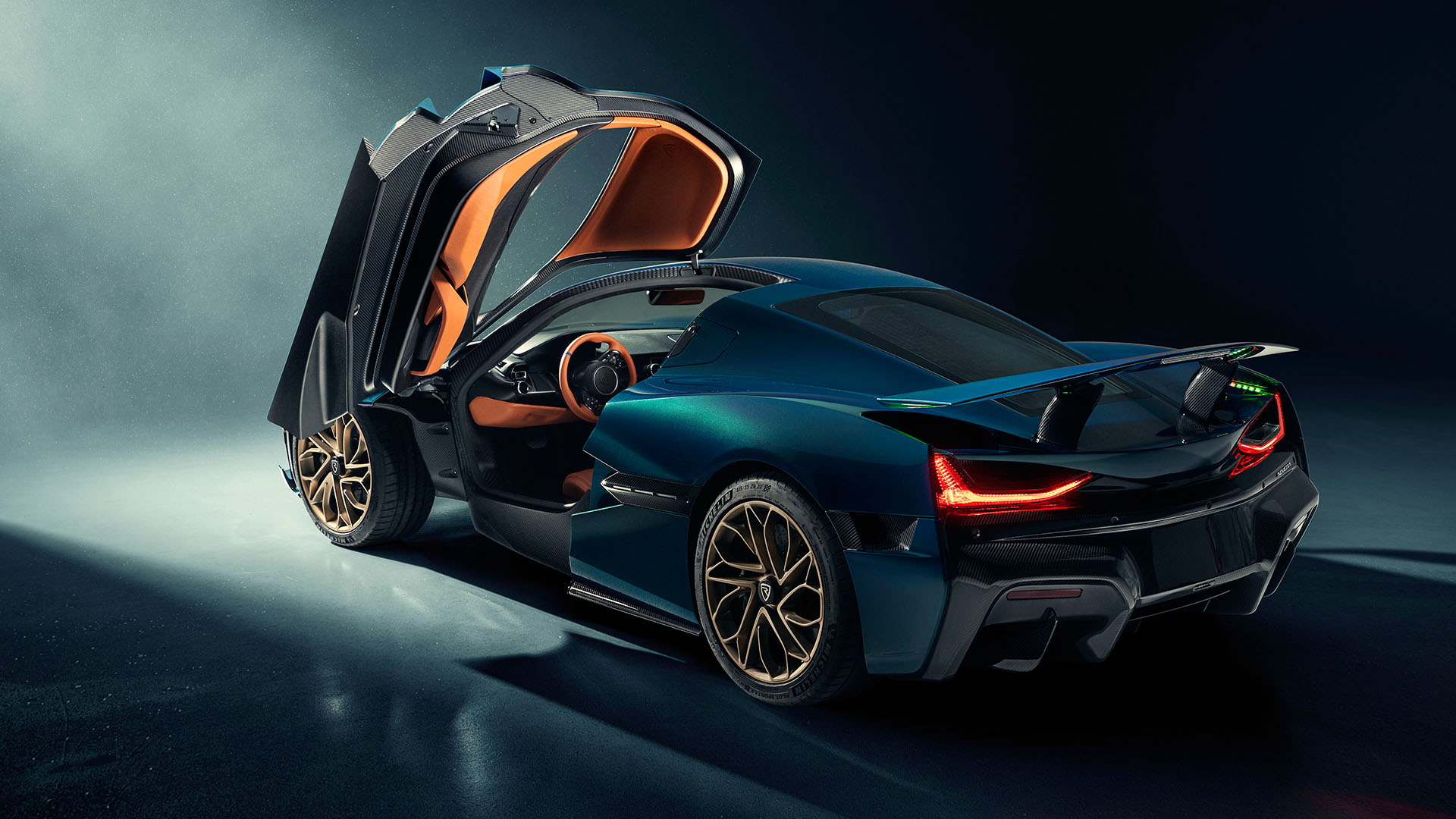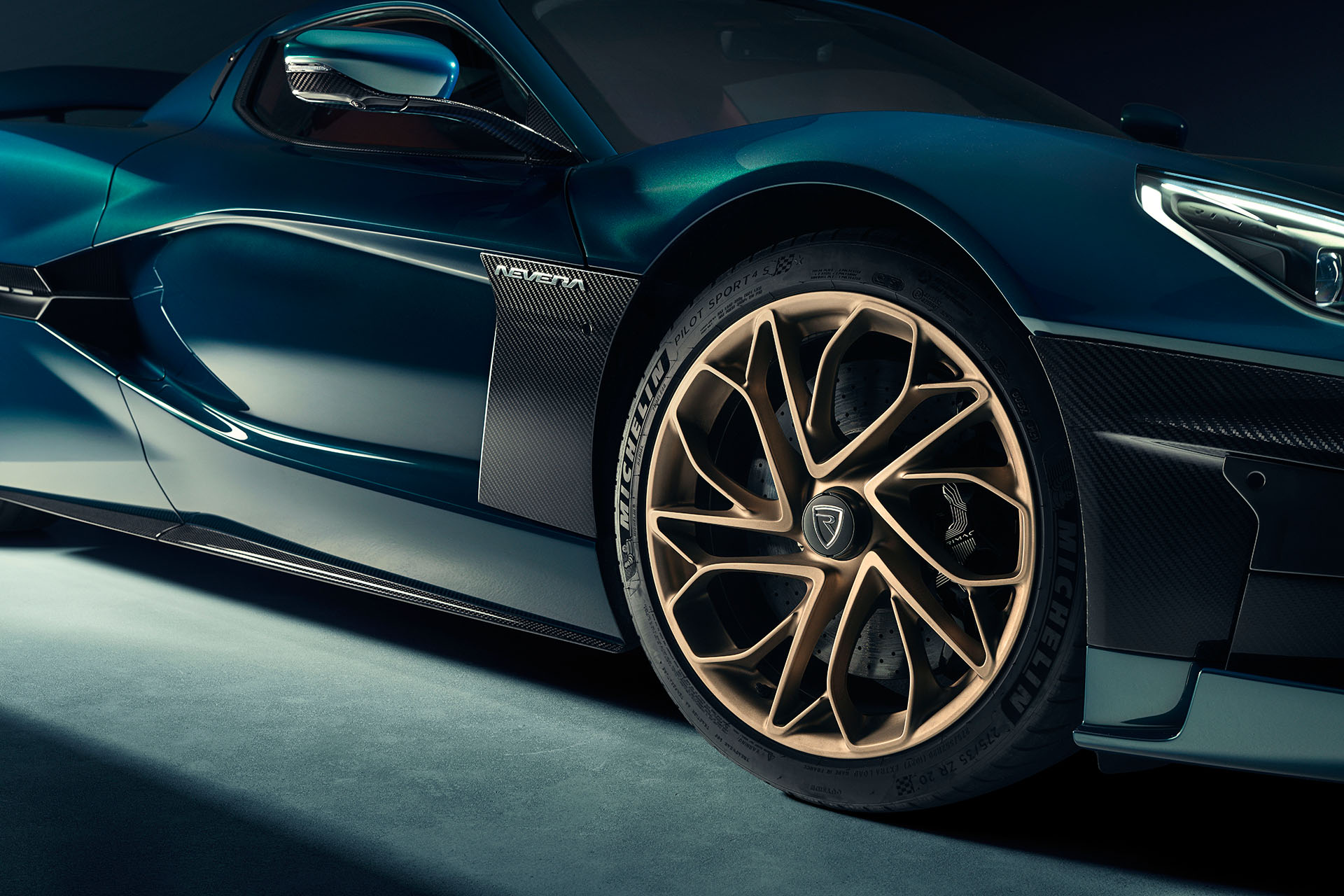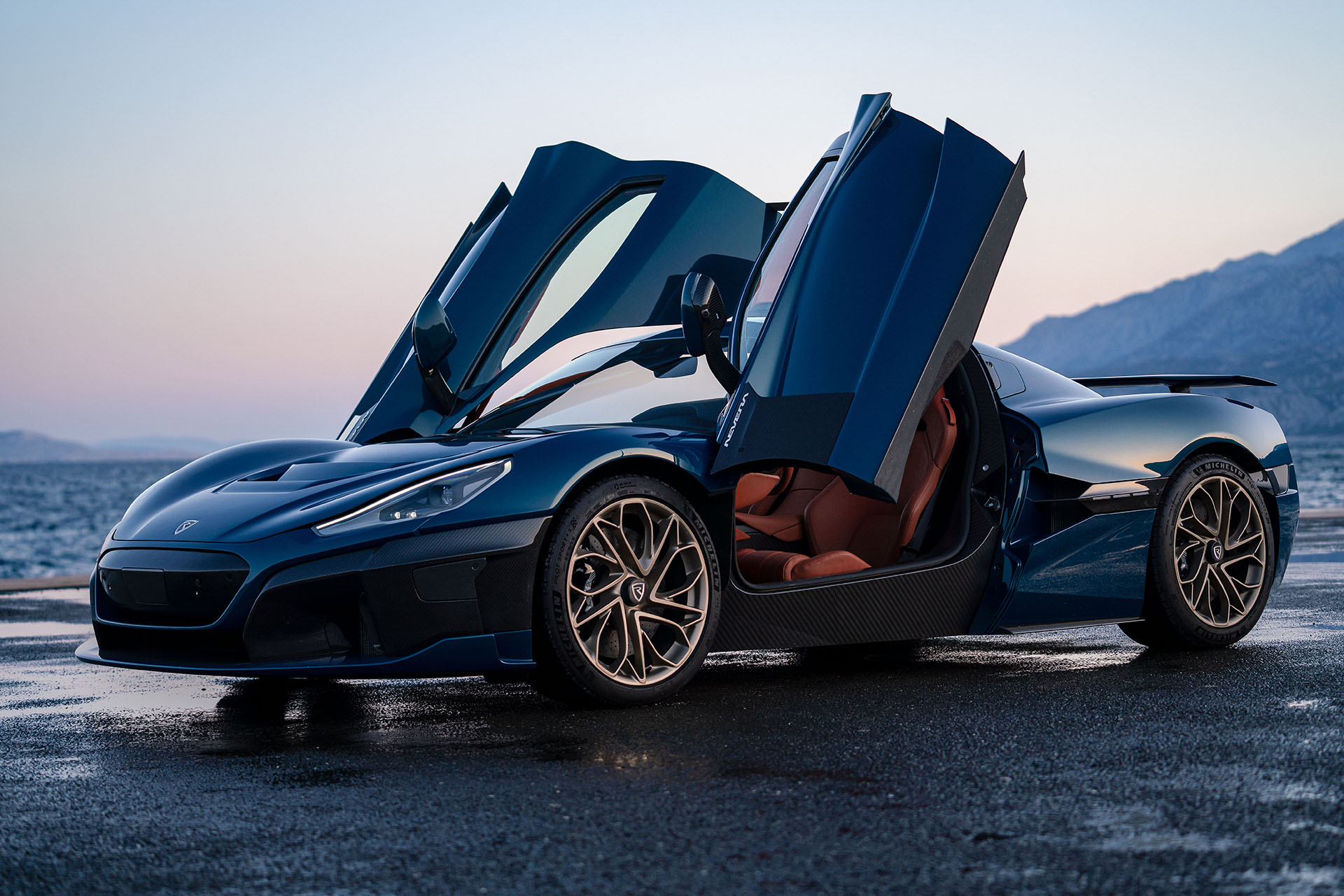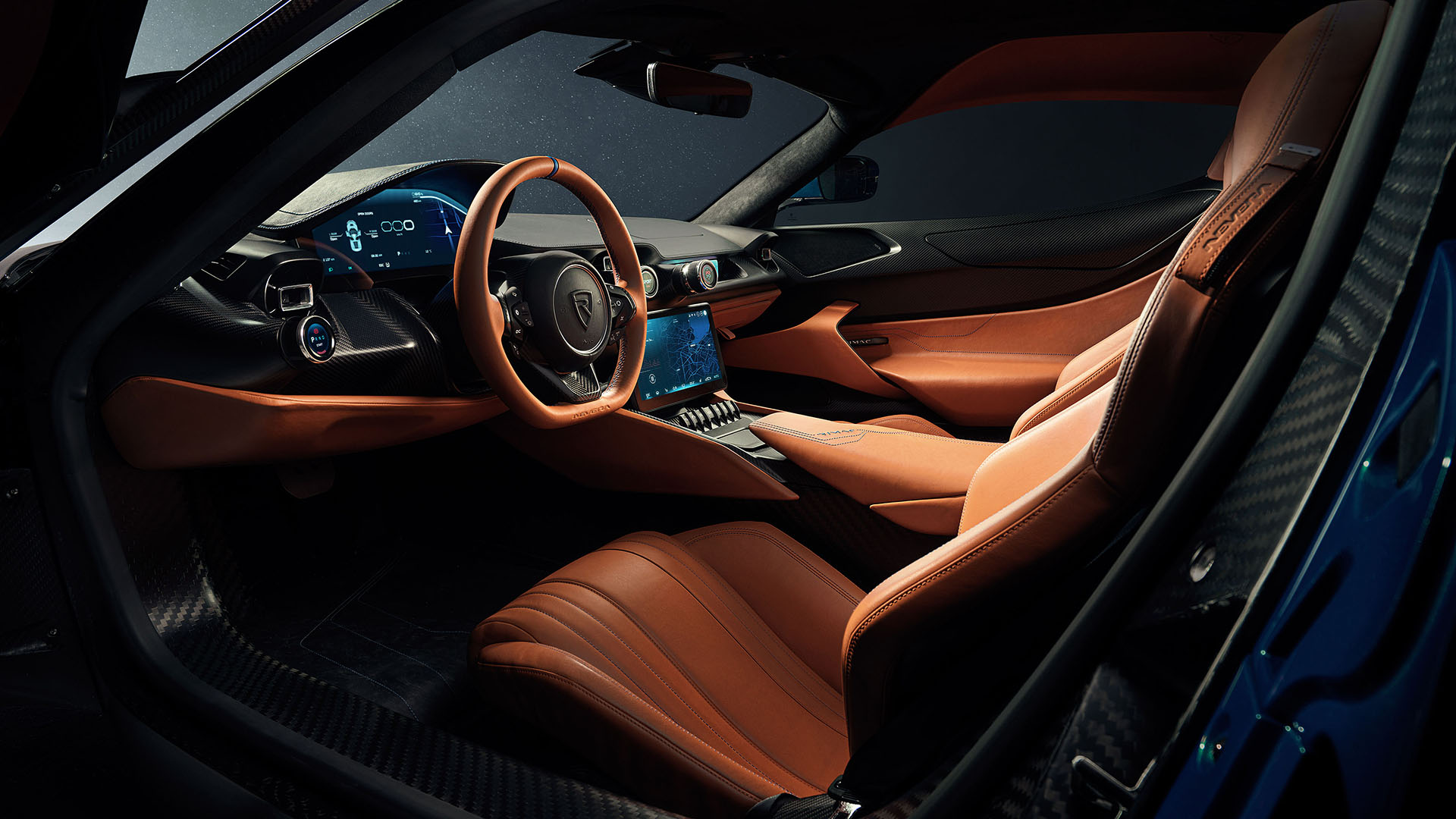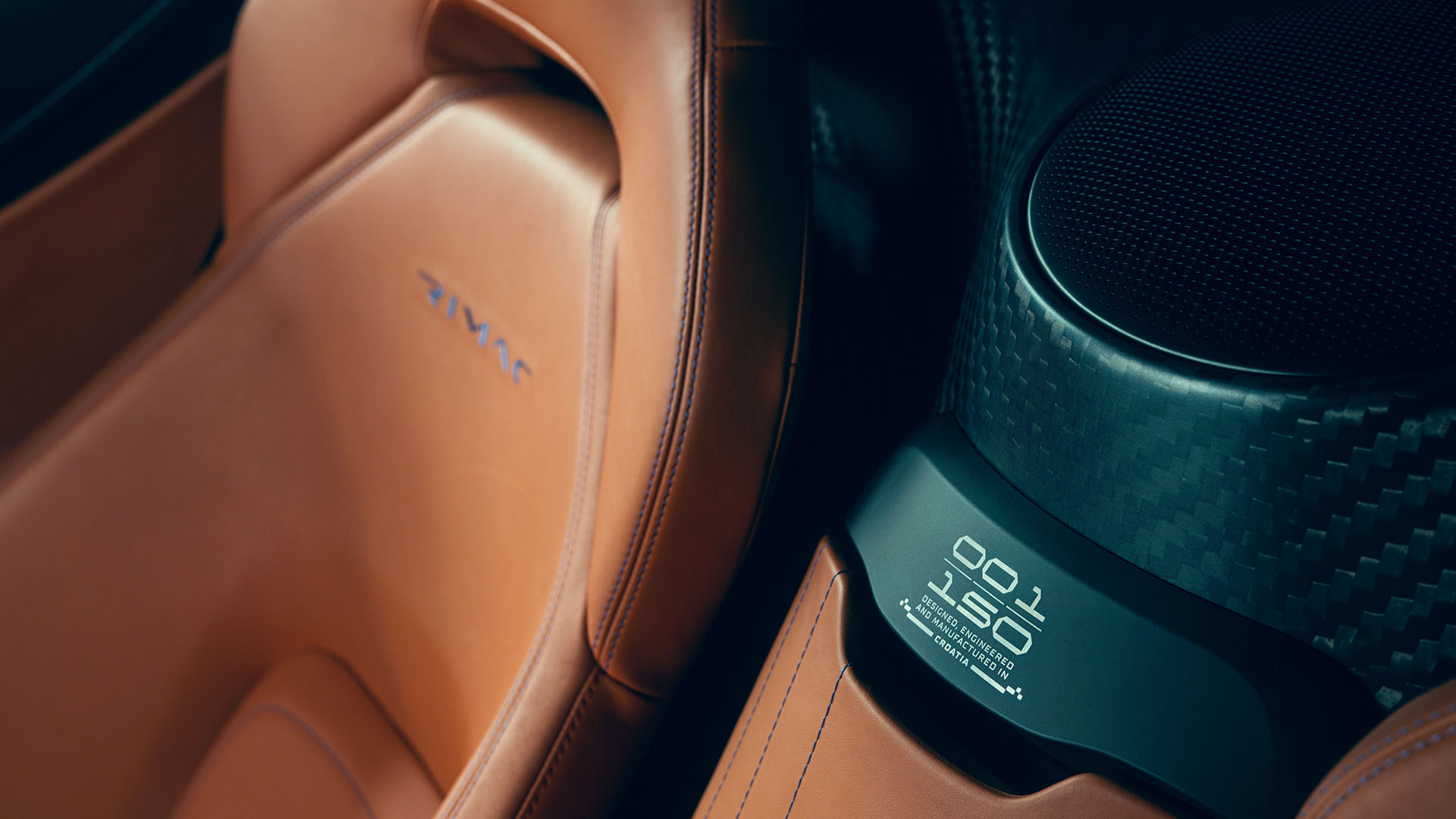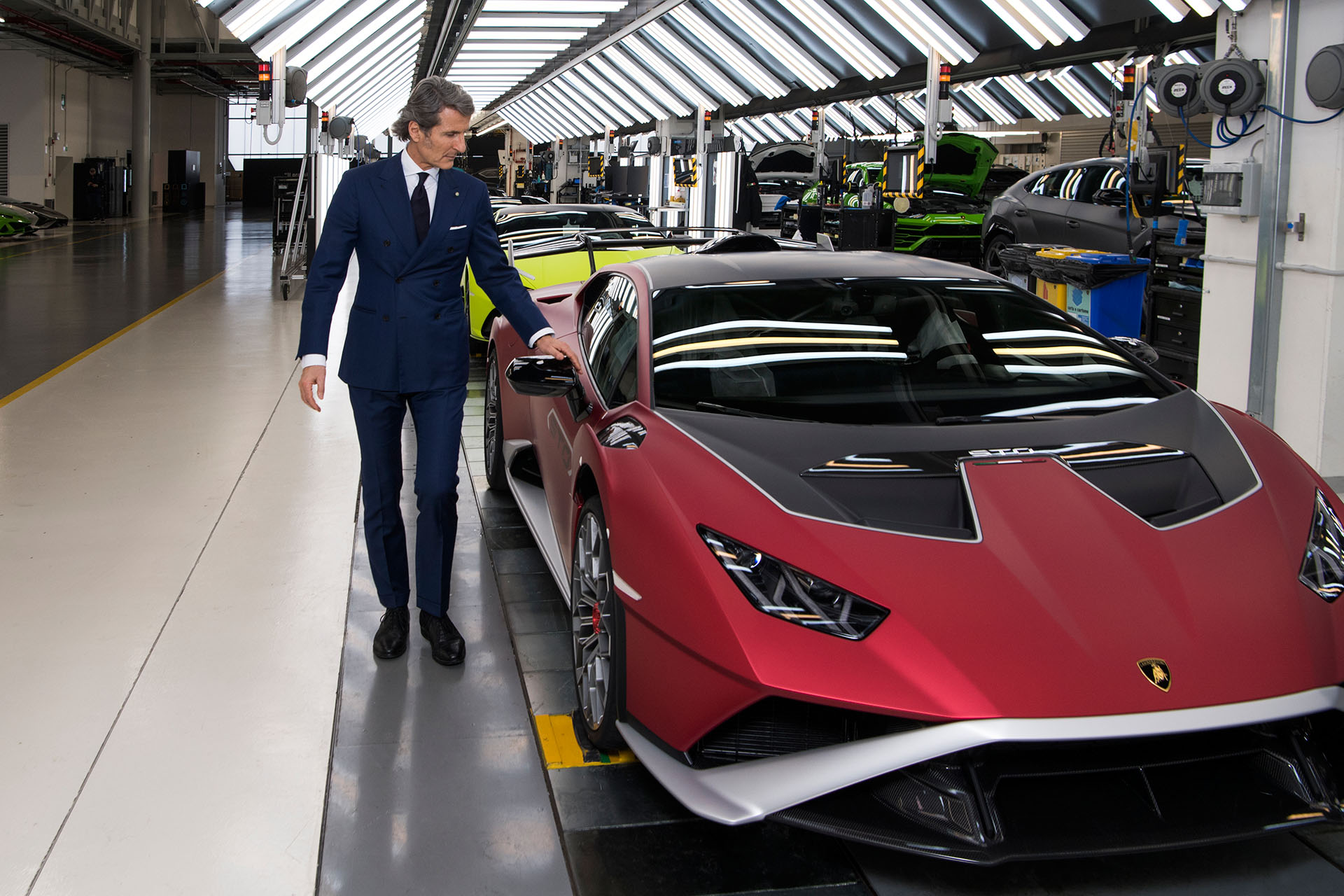All-electric vehicles are the future in the automotive world it seems, and just about every manufacturer out there is already offering an EV or is gearing up to offer one, we’ve just published an article on the amazing Rimac Nevera, the trend-setting all-electric hypercar with stupendous performance that comes with an equally impressive price tag, Lamborghini will give us a brand new, fully battery-powered model by 2025 and you can now order a Bentley Bentayga Hybrid, with full EV models in the pipeline, so it shouldn’t come as a surprise to see an electric Sports Activity Vehicle from BMW … meet the brand new iX.


The BMW iX is a technology flagship for sure, the worldwide launch is set for November 2021, and the impressive BMW iX will come in two versions initially, starting with the Drive40 with a combined output of 240 kW/326 hp and a range of up to 425 km (264 miles) that offers an acceleration from 0 to 100 km/h in 6.1 seconds.
A more powerful model will be available as the BMW iX xDrive50 will offer a power output of 385 kW/523 hp and a range of up to 630 km with an impressive acceleration figure of 4.6 seconds to reach 100 km/h from standstill. Later on, we’ll be seeing the very first electric BMW M model in the iX xDrive M60 with a massive power output of over 440 kW/600 hp and combined electric power consumption of 21.6 kWh per 100 km (62 miles).


The new BMW iX will be assembled at the BMW Group Plant Dingolfing in Lower Bavaria, on a flexible assembly line combining models from the
BMW 5 Series, the 7 Series, and even the 8 Series ranges, this is also the first factory in BMW’s production network that will build all-electric, plug-in hybrid and combustion-engined models on a single assembly line, this required a massive investment of €400,000,000 to accomplish, it is clear BMW is ready for the future now, over the next years we’ll be seeing all-electric BMW 5 Series and 7 Series being build in this plant.
The new BMW iX will come with lift-related dampers as standard fitment, these offer extra hydraulic damping to be incorporated into the damper, which adjusts the damper firmness progressively according to the changing spring travel, as an option you can have an adaptive suspension fitted that includes electronically controlled dampers and two-axle air suspension with automatic self-leveling that offers a range of settings and adjustable ride heights to select a comfortable, softer ride, or go for the more sporty, harsher ride.


The BMW iX series will come with four-wheel steering, so the rear wheels can turn to some degree to help make the turning circle smaller but also help to overtake at higher speeds, the optional Integral Active Steering offers amazing straight-line stability together with better agility, the standard electric steering system combines Servotronic speed-sensitive power assistance with a variable rack ratio as a first for BMW in the iX.
The BMW iX comes with an electric all-wheel-drive system, but depending on conditions the car can be turned into a rear-wheel-drive only SAV, the iX also comes with near-actuator wheel slip limitation technology developed specifically for the brand’s electrically powered models and now fitted in tandem with all-wheel drive for the first time while the driver can opt for either adaptive or adjustable Brake Energy Regeneration.


Standard fitment on the BMW iX will be 20-inch alloy wheels with either a 21-inch or even a 22-inch option, on the latter two, the tires have been specifically designed for the iX to have integral noise dampening in the shape of a layer of foam on the tire’s inner surface to absorb noise produced by vibrations, inside the iX you’ll hear less tire noise, the new Tyre Pressure Monitor system for the BMW iX not only measures tire pressure but also individual tire temperature and it even keeps track of tire manufacturer, this offers the option in the iDrive to enter the load you are carrying to get the ideal tire pressure you should use.
The high-voltage batteries in the BMW iX are cased in aluminum and positioned low down on the vehicle floor as an integral component of the body, the volumetric energy density on a cell level is around 40 % higher than in the high-voltage battery of the 2020 BMW i3, these batteries are covered by a warranty for eight years or up to 160,000 km (99,400 miles). The BMW iX features two high-voltage batteries positioned low in the
vehicle floor. In the BMW iX xDrive40 the high-voltage batteries are made up of ten modules, each with 18 cells. Their net energy content is 71 kWh (gross energy content: 76.6 kWh). The high-voltage batteries in the BMW iX xDrive50 consist of six modules (each with 50 cells) and five modules (each with 40 cells) respectively.


The Combined Charging Unit (CCU) used in the BMW iX offers tremendous flexibility when it comes to charging the high-voltage batteries, also note the combined heating and cooling system for the occupants, the drive system, and the batteries will make sure to keep the high-voltage batteries at the ideal operating temperature while using the generated heat for the passengers on cold days. If the navigation system knows about a stop during the trip to charge the batteries, the system will prepare these by heating them to the perfect temperature for fast charging.
But the BMW iX can also be plugged into your plug at home, offering a charge rate of 11kW, it would take 11 hours to fully charge the xDrive50 while 8 hours would suffice on the xDrive40, naturally, a DC fast-charging station would be a lot quicker as it could charge up to 200 kW (in the xDrive50, in the xDrive40 the maximum is 150 kW), in this case, you can add about 150 km of range to the high-voltage batteries in only 10 minutes, going from 10 % to 80 % charge in the xDrive50 would take approximately 35 minutes with a 200 kW charger.
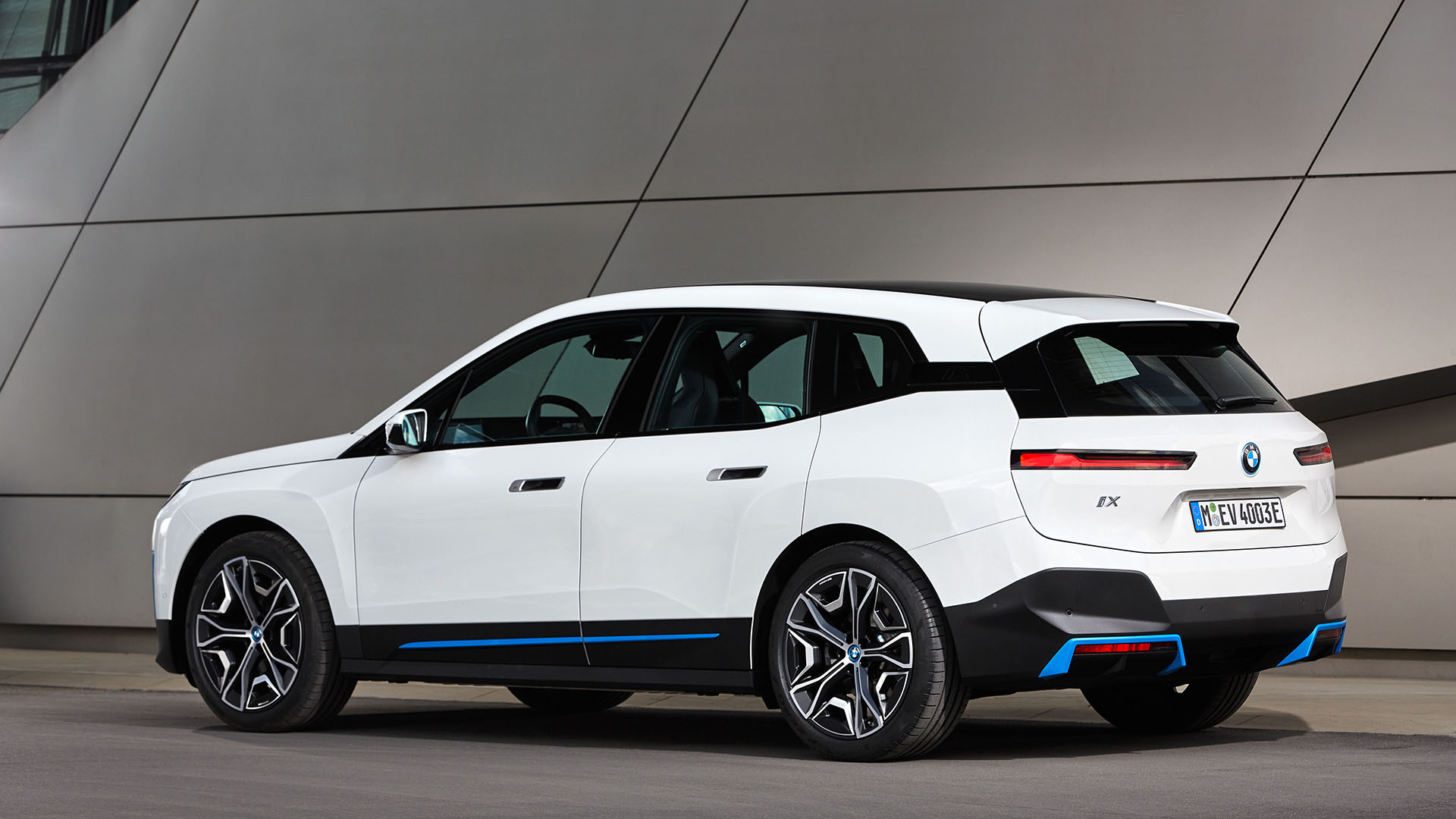

I am sure the styling of this new BMW iX will cause some controversy again, it’s a departure from the models we know today, and yes, that massive front grille is there, but also flush-fitted door handles very thin exterior mirrors, and sharp edges everywhere to keep the drag coefficient as low as possible, the design of the front, the rear and the use of these wheels alone extend the range of the BMW iX by 65 km, both the BMW kidney grille and the air intakes at the bottom of the front bumper are totally closed, but air flaps can be opened if needed for cooling.
In fact, the famous kidney grille consists of integrated sensors, a camera, and even radar technology for the advanced driver assistance systems on the BMW iX, underneath the BMW logo at the front you’ll find a filler neck for the windscreen washer fluid, the door windows are frameless and underneath the BMW logo at the rear, they fitted the rear-view camera system, complete with a cleaning mechanism so you’ll always have a perfect view when backing up this SAV from Germany.
And all this innovation continues on the inside of the new BMW iX, where a lot of emphases was put on dialogue-based interaction using natural language and on touch operation for the next generation iDrive, the system is now running BMW Operating System 8 with an extremely high level of computing power with special sensors and 5G capability.


Behind the hexagon steering wheel, a massive, curved display is angled towards the driver, there is even a Head-Up display projector integrated into the surface of this instrument panel, but the fun really starts with the Augmented Reality Video as an addition to the navigation maps, this system shows a live stream video on the display with information as an overlay on top of the images, showing an indication on where to turn into right on the actual view of the driver.
The BMW iX receives a newly designed gear selector that looks absolutely amazing, a polished crystal finish has been applied to the controls, the base upholstery is a combination of high-quality textiles with microfiber fabrics called ‘Dinamica microfibre’, which contains 50% recycled polyester, while the speakers have been integrated out of sight in the headrests … the inner structure of the doors is made from 100% recycled material while the visible parts still contain 30% recycled material.
As an option, you can get a leather interior inside the new BMW iX, but this time the leather is tanned with olive leaves, and the wood you find on the control panel comes from FSC-certified wood, the floor fabric, and the mats under your feet … all made from 100% recycled nylon, the BMW iX is all about sustainability.


Clients have the choice of three different interior treatments, the Standard Atelier specification includes surfaces in the familiar Sensatec with a striking stitch pattern and perforated areas. It is available in Black, Oyster, and Mocha. When you go for the optional Loft trim, the surfaces are adorned with a diagonal pattern of materials and colors combining high-quality textile and microfibre fabrics. The asymmetric styling and quilting composed of triangular, square and pentagonal sections give the seats their very modern appeal.
Contrast stitching on the seat surfaces adds a further highly distinctive touch. The instrument panel with printed color gradient breaks new ground for car interiors. Also available is Suite, which comes with surfaces in Exclusive Natural leather in the color shades Castanea and Amido, The newly developed seats for the driver and front passenger have integral head restraints for a distinctly sporty appearance. For the first time in a model from the BMW Group, there is the option of integrating speakers into the seat structure.
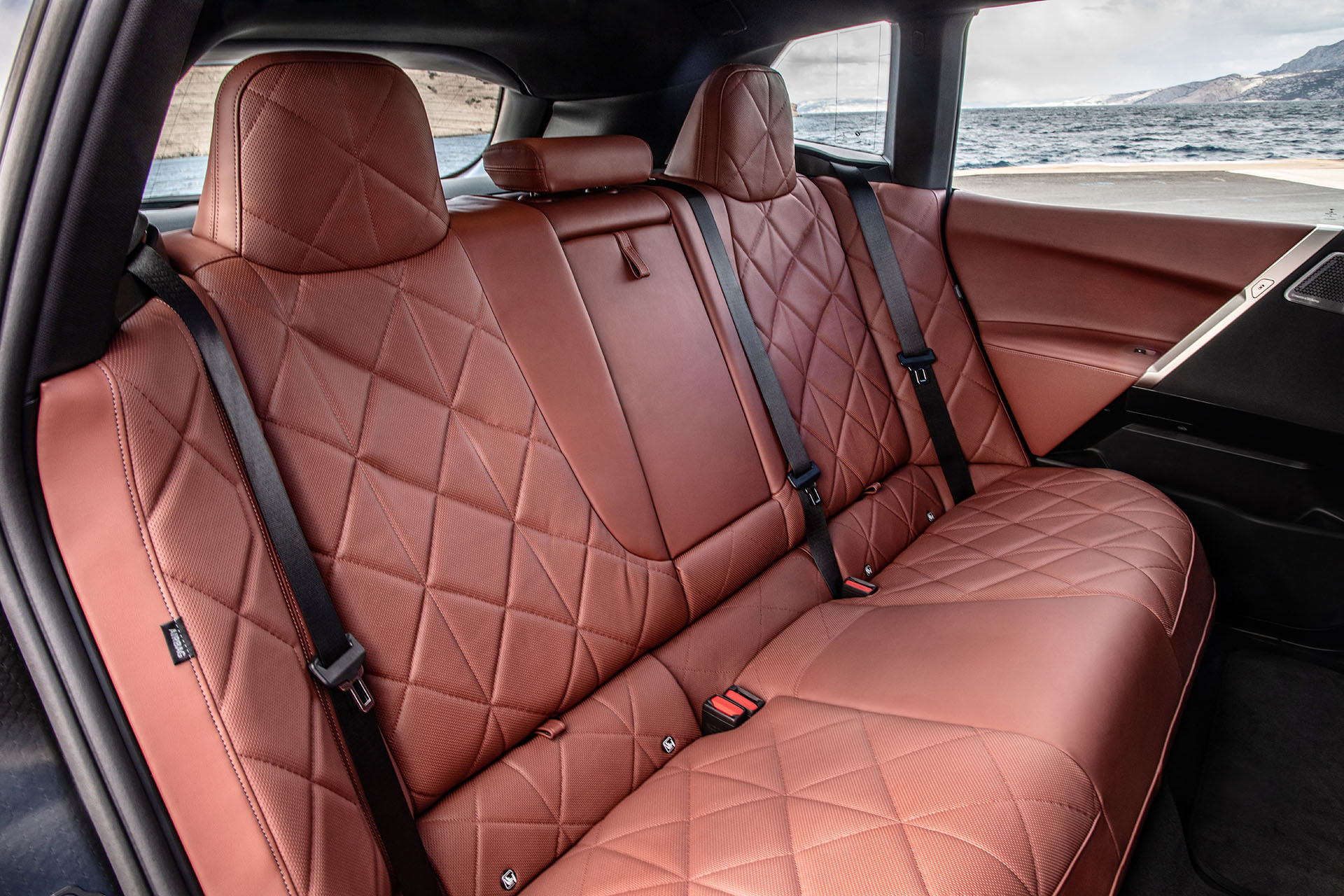

The BMW iX is comparable with the BMW X5 in length and width and is almost the same height as the BMW X6 on account of its flowing roofline. The size of its wheels, meanwhile, brings to mind the BMW X7. A wheelbase measuring exactly 3,000 millimeters and wide tracks at both the front and rear axle provides the ideal platform for chassis tuning which reconciles luxurious long-distance comfort and sporty cornering characteristics.
You can specify your BMW iX with the largest panoramic glass roof BMW ever installed on one of their cars and doesn’t have any cross struts breaking up your view of the sky, and there is no interior liner or shade, instead, this is the only one of its kind in the automotive industry to employ PDLC (Polymer Dispersed Liquid Crystal) technology for shading the interior … an electric current will keep the liquid crystals aligned so light can pass through, but when switched off, or the iX is parked, these crystals are distributed in such a disorderly pattern they turn the glass roof opaque to create the effect of shade.
I wonder how this rather large SAV will handle on the road, it should be capable of seating five occupants in silence and luxury, with a comfortable drive over long distances, and is this BMW iX a preview of the design styling for the upcoming models, using thin headlights and taillights, very narrow exterior mirrors … only the future will tell.

 The Zenvo TSR-S at the Goodwood Festival of Speed in 2019 – Credit Staledo
The Zenvo TSR-S at the Goodwood Festival of Speed in 2019 – Credit Staledo
 The Zenvo TSR-S at the Goodwood Festival of Speed in 2019 – Credit Drew Gibson
The Zenvo TSR-S at the Goodwood Festival of Speed in 2019 – Credit Drew Gibson
 Zenvo TSR-S pictured at Goodwood Circuit May 2021 – Credit Philip Harbord
Zenvo TSR-S pictured at Goodwood Circuit May 2021 – Credit Philip Harbord
 The Zenvo TSR-S at the Michelin Supercar Paddock at Goodwood Festival of Speed 2021
The Zenvo TSR-S at the Michelin Supercar Paddock at Goodwood Festival of Speed 2021


 Zenvo TSR-S pictured at Goodwood Circuit May 2021 – Credit Philip Harbord
Zenvo TSR-S pictured at Goodwood Circuit May 2021 – Credit Philip Harbord

